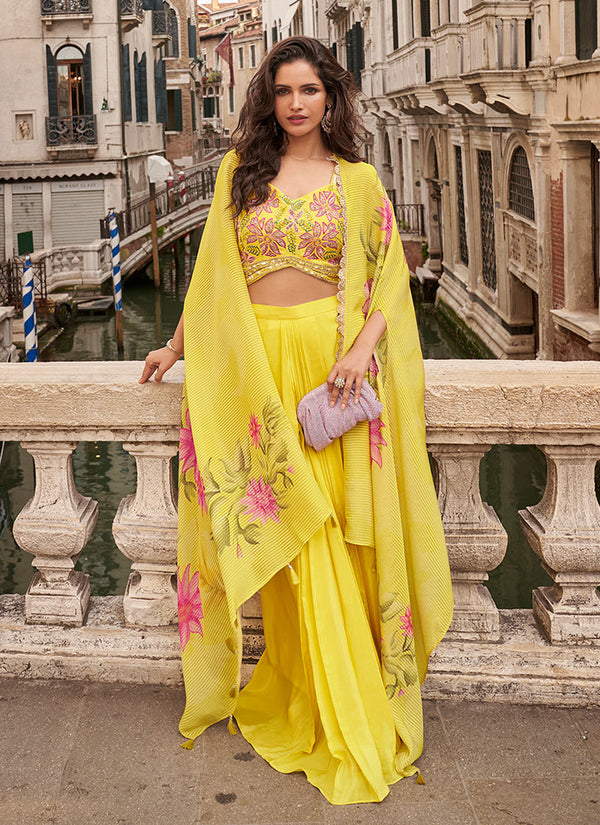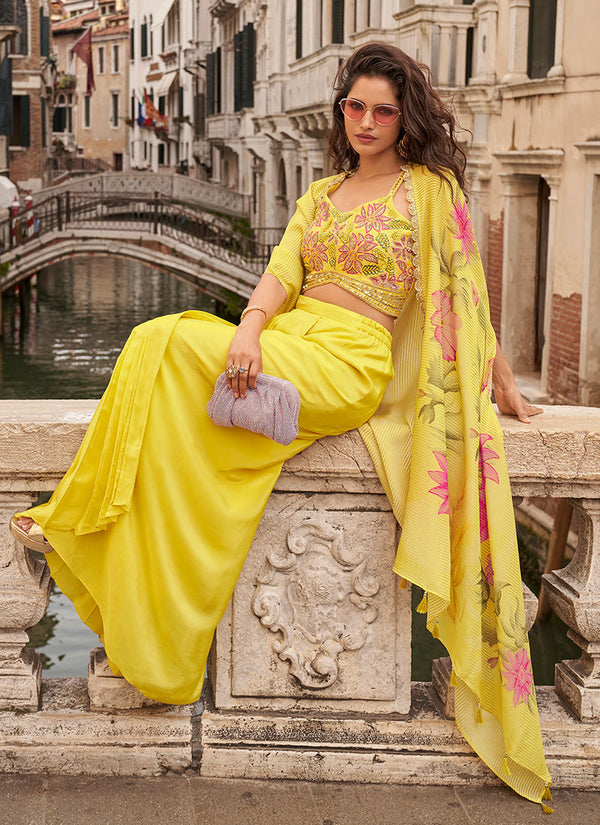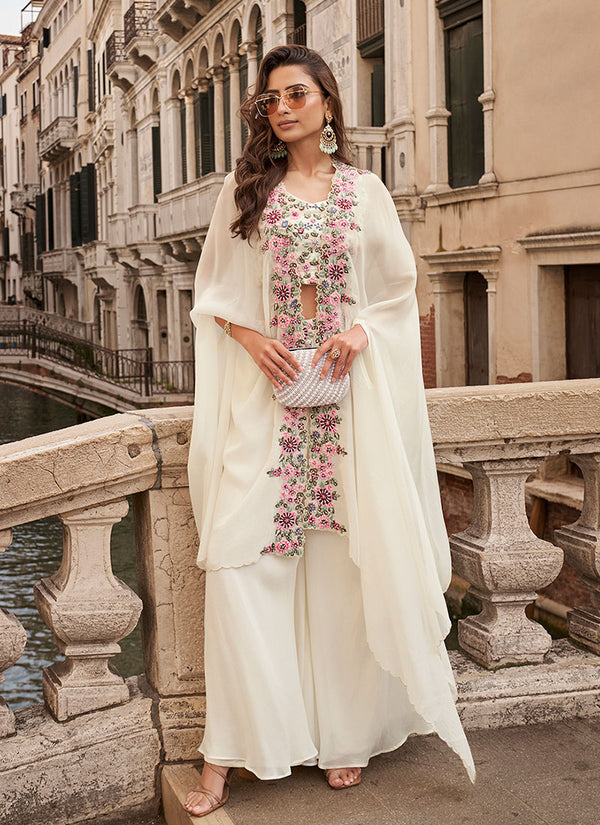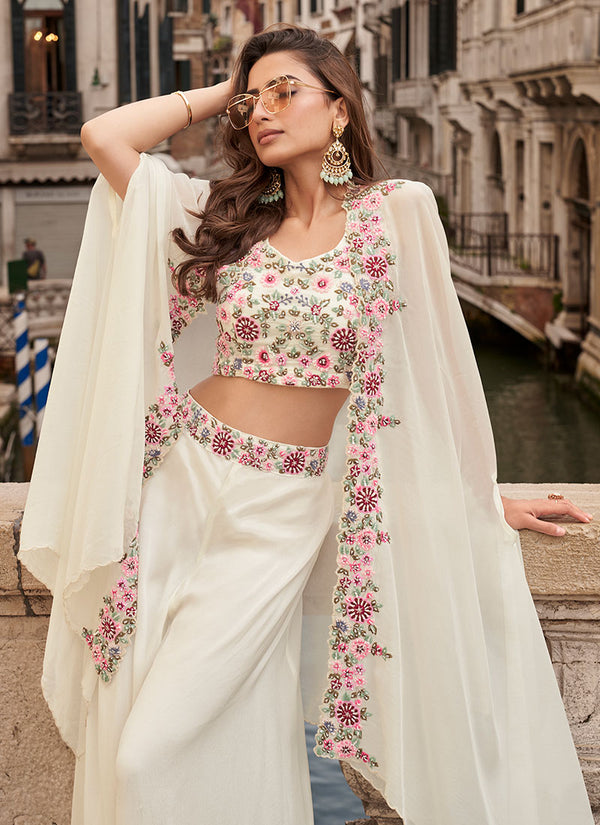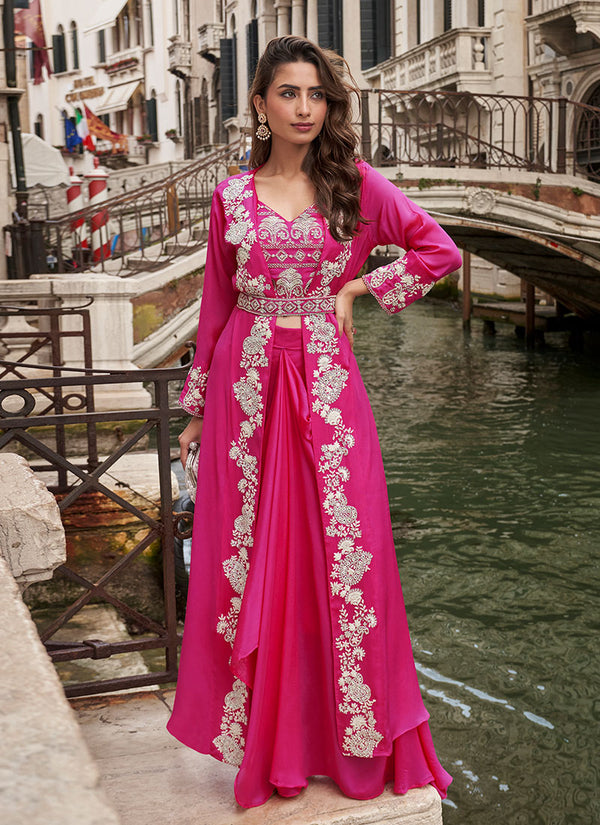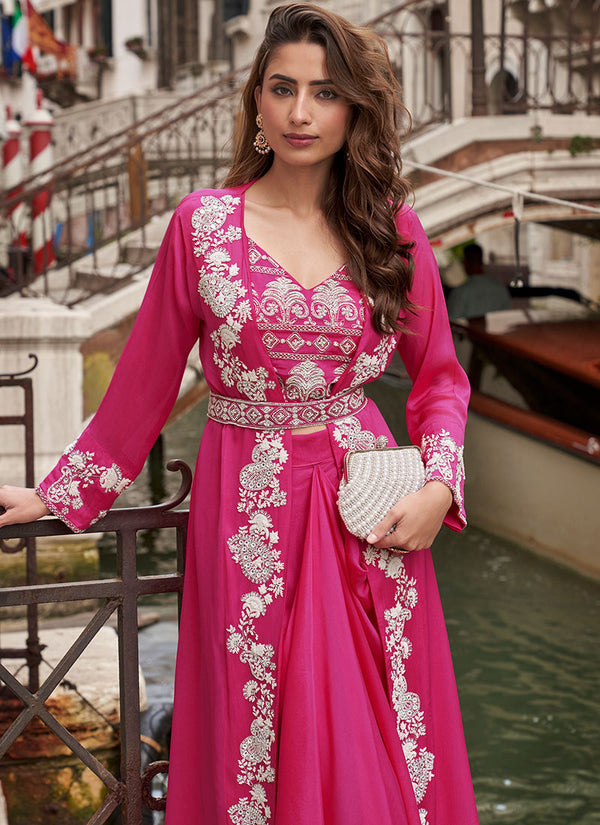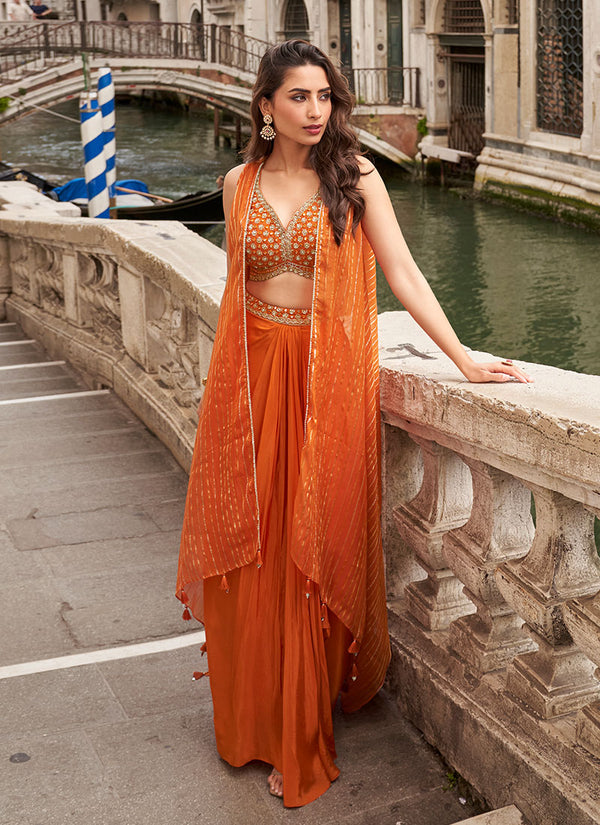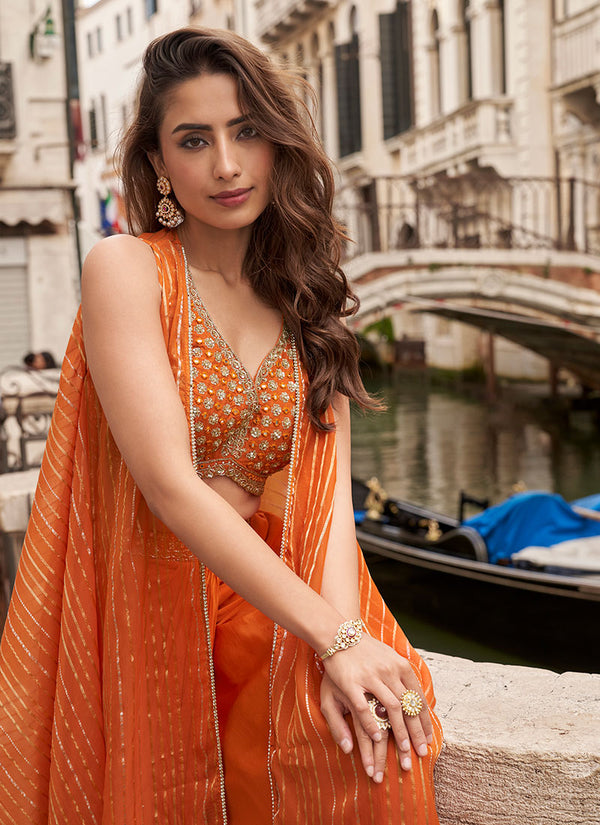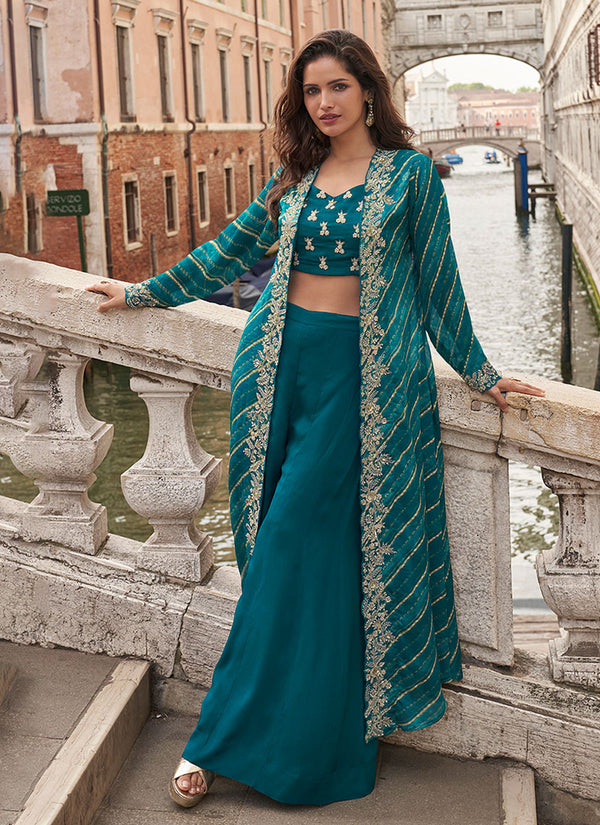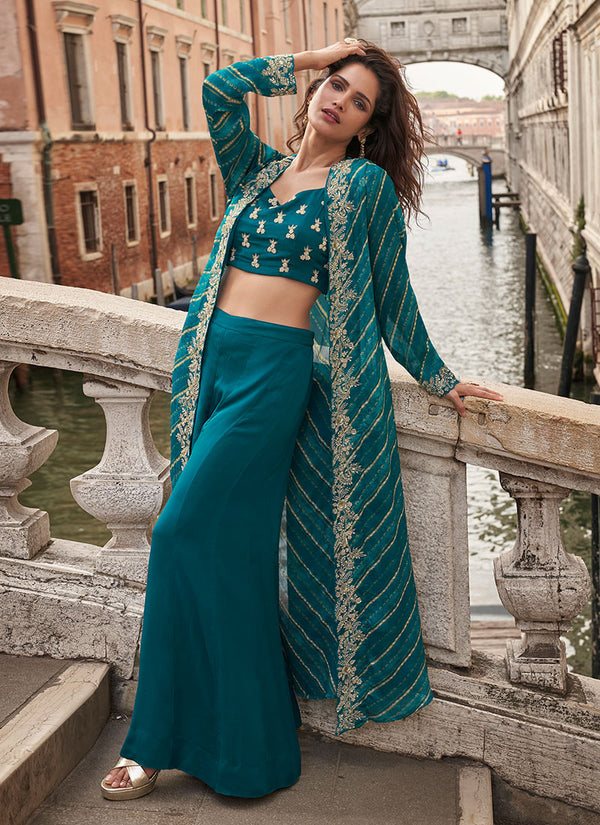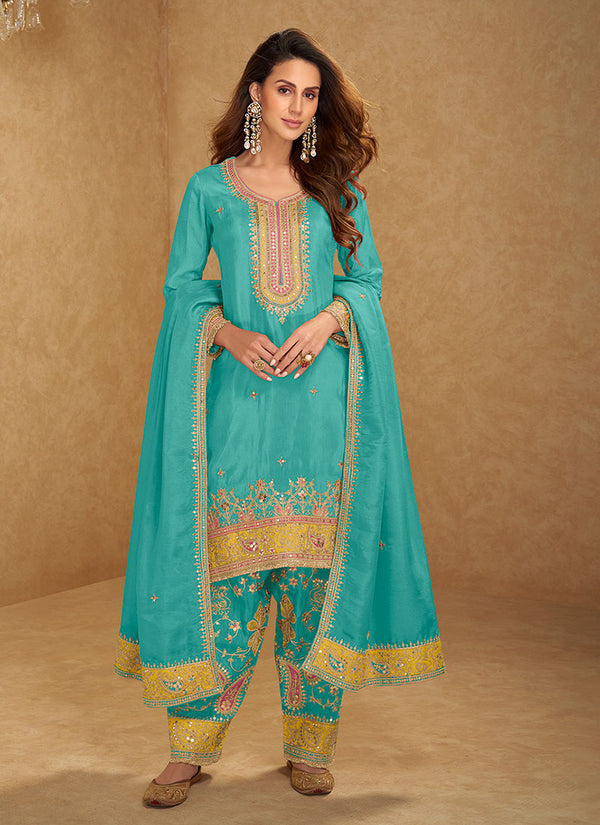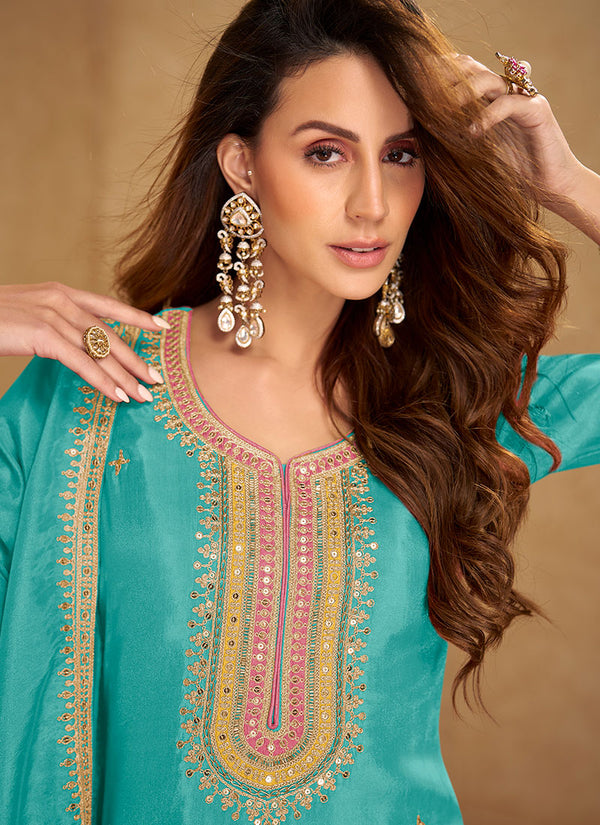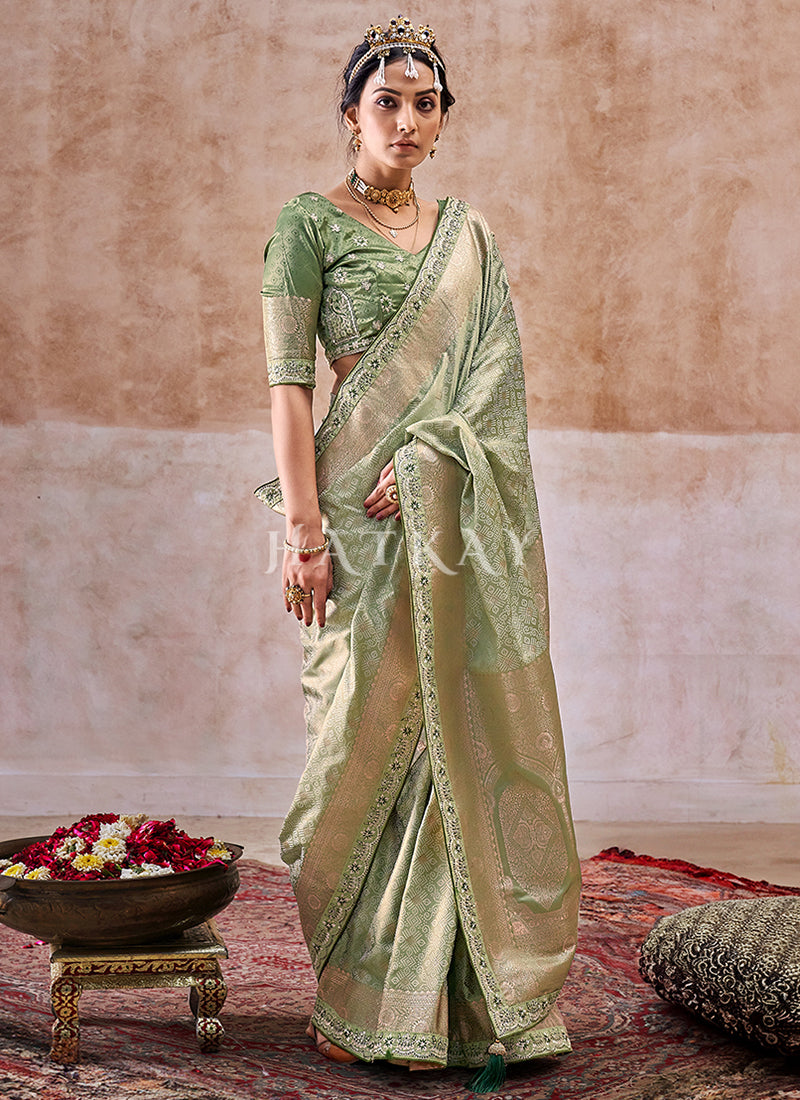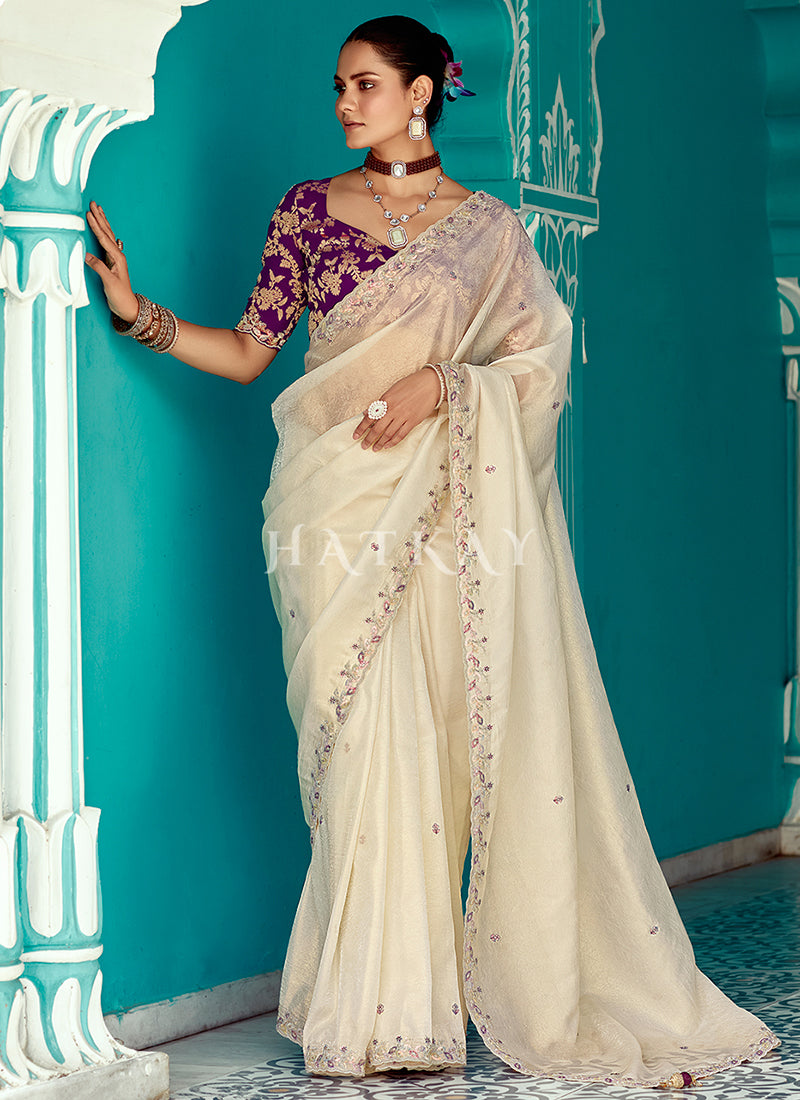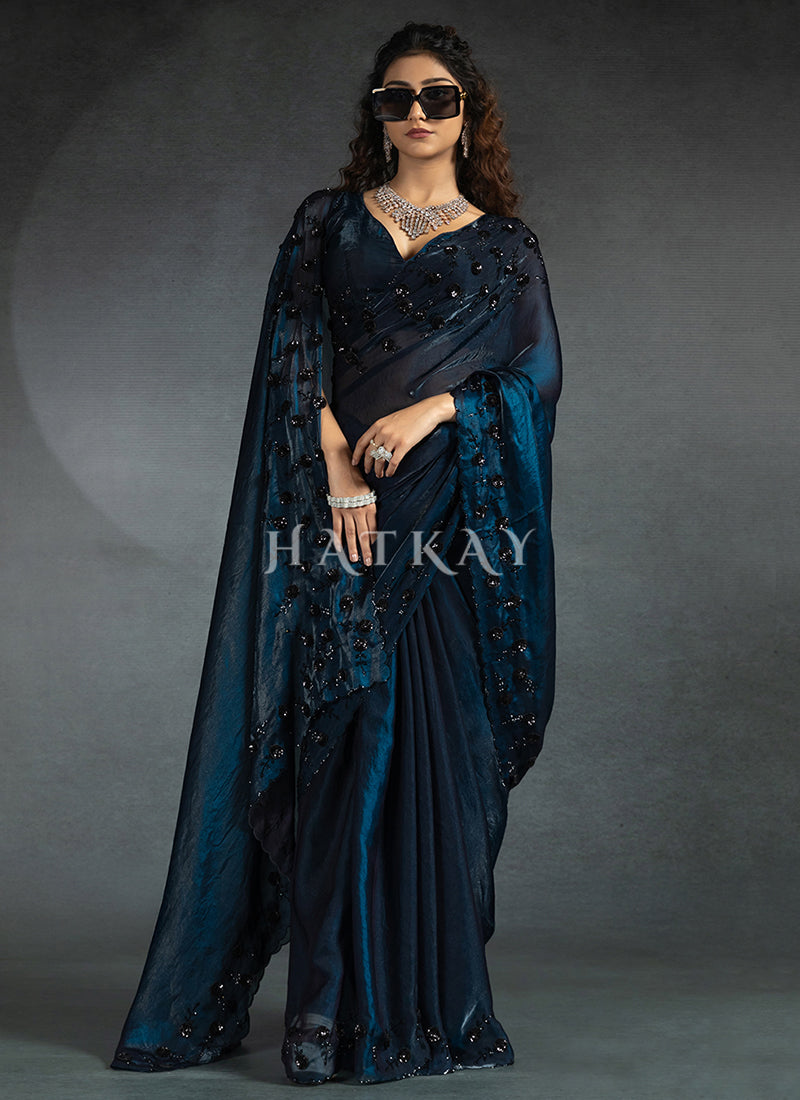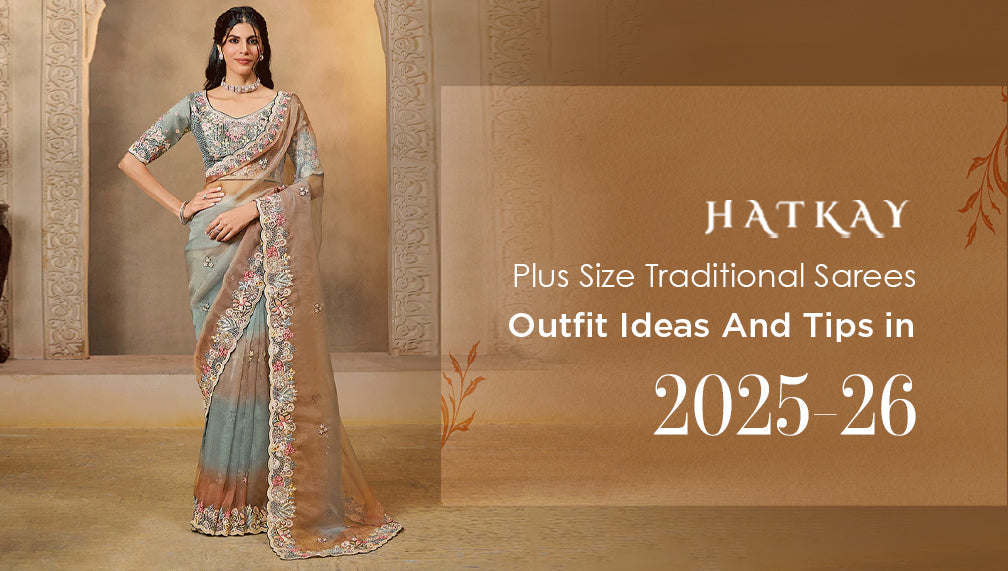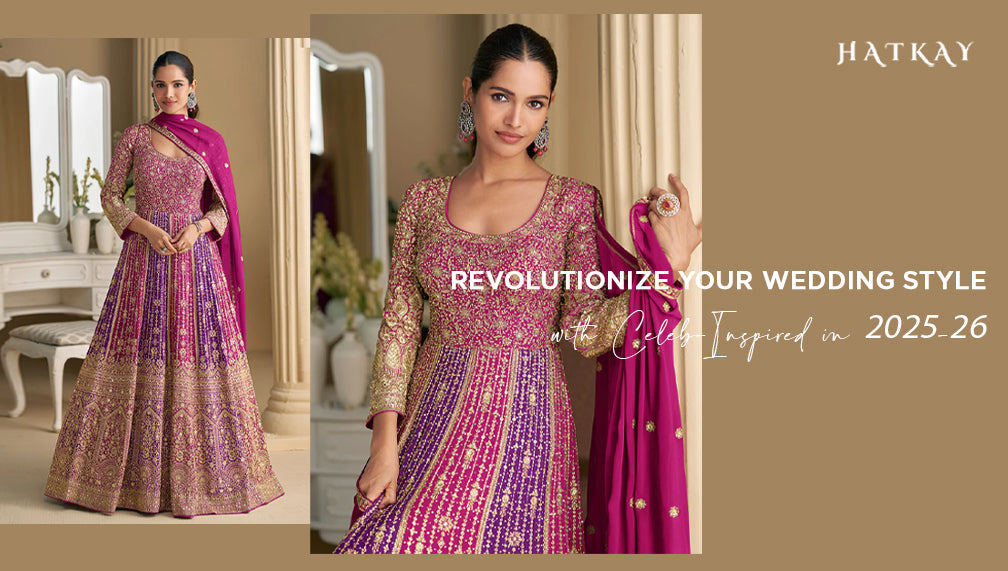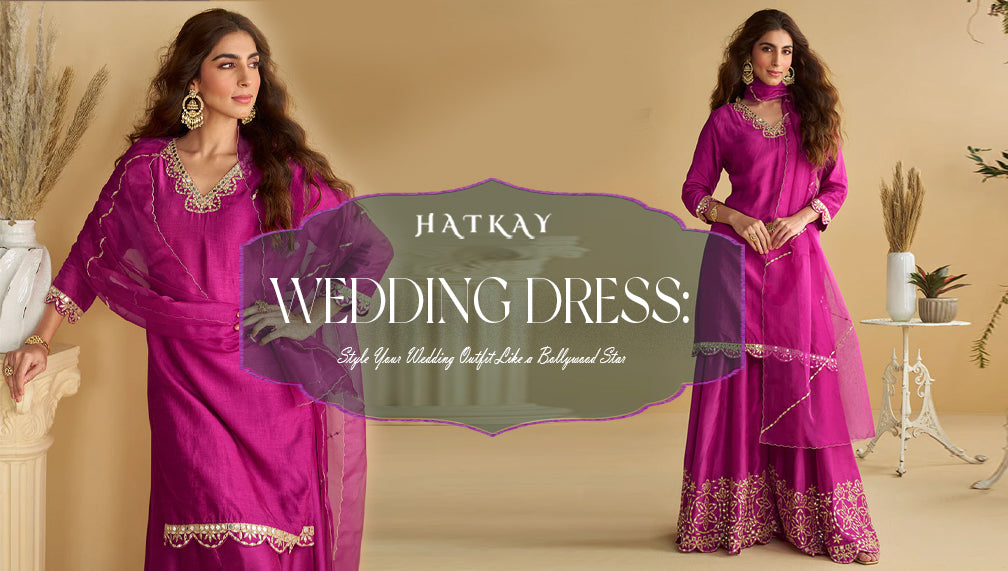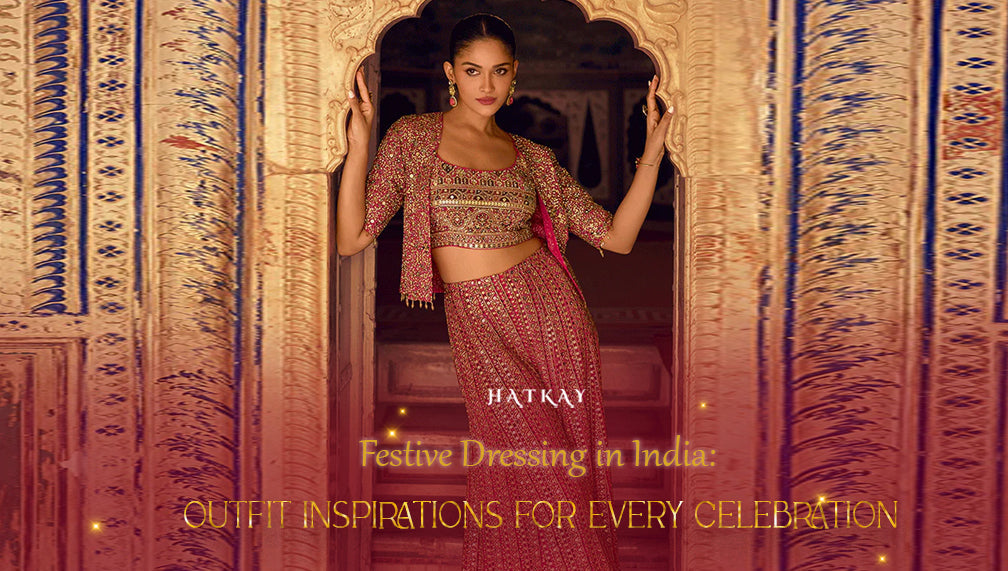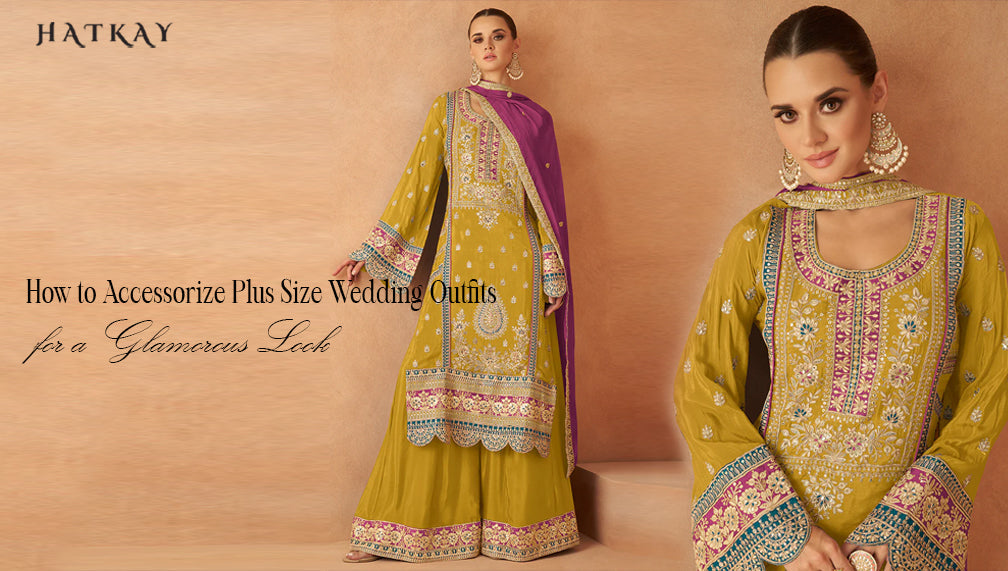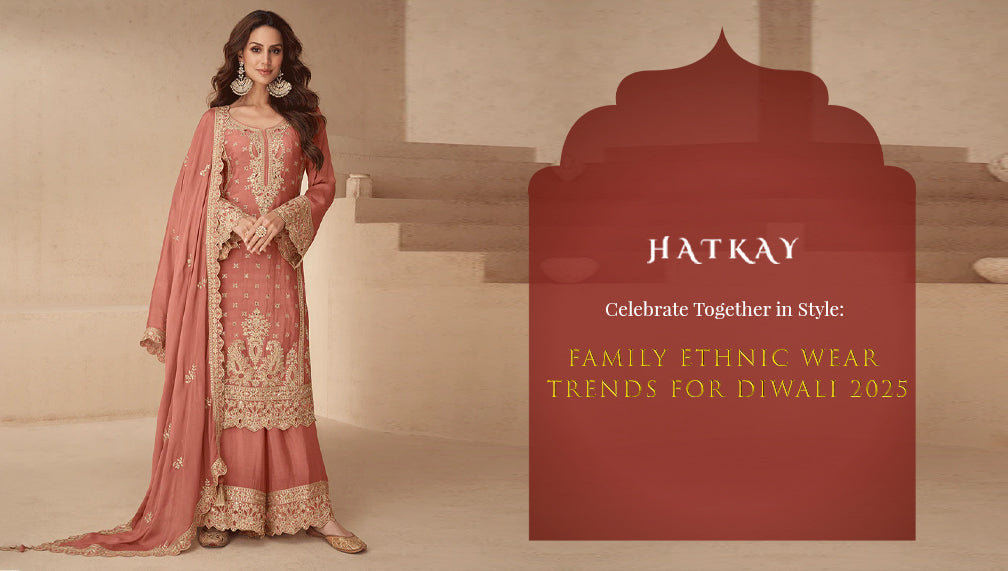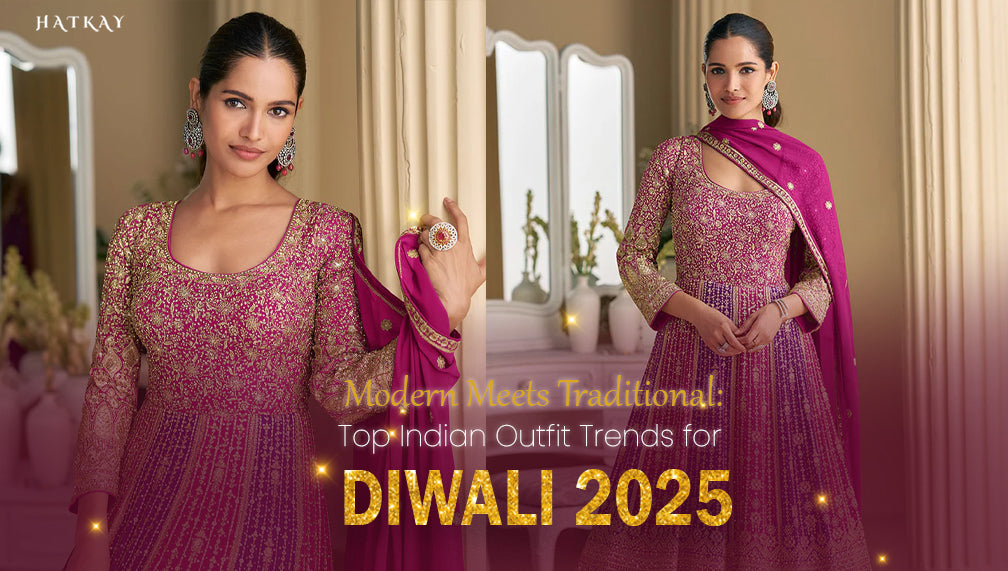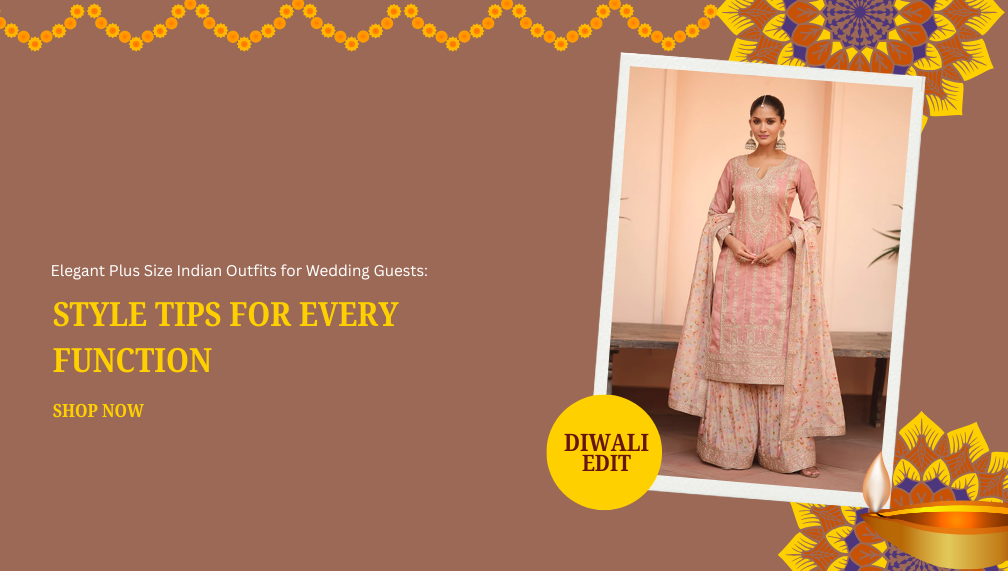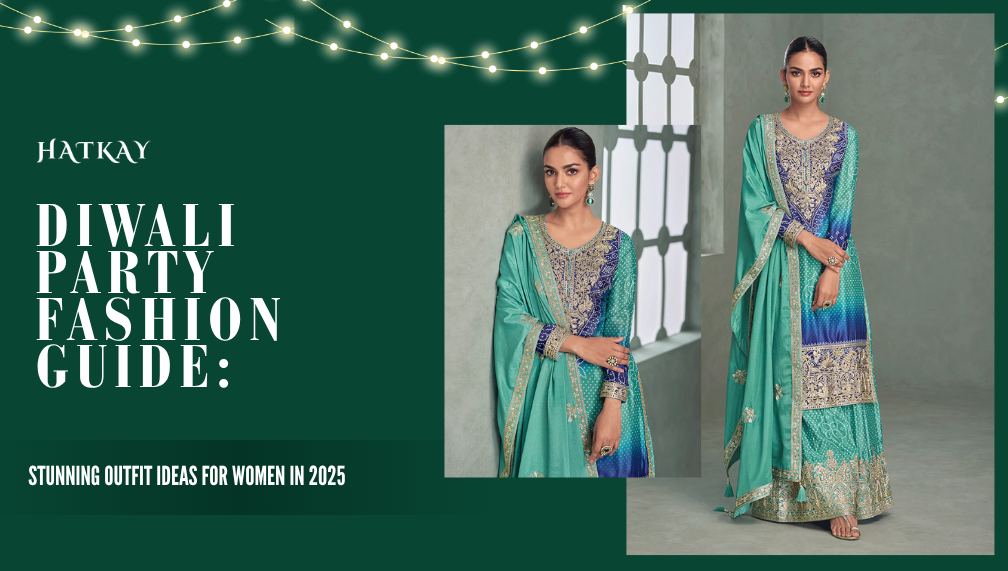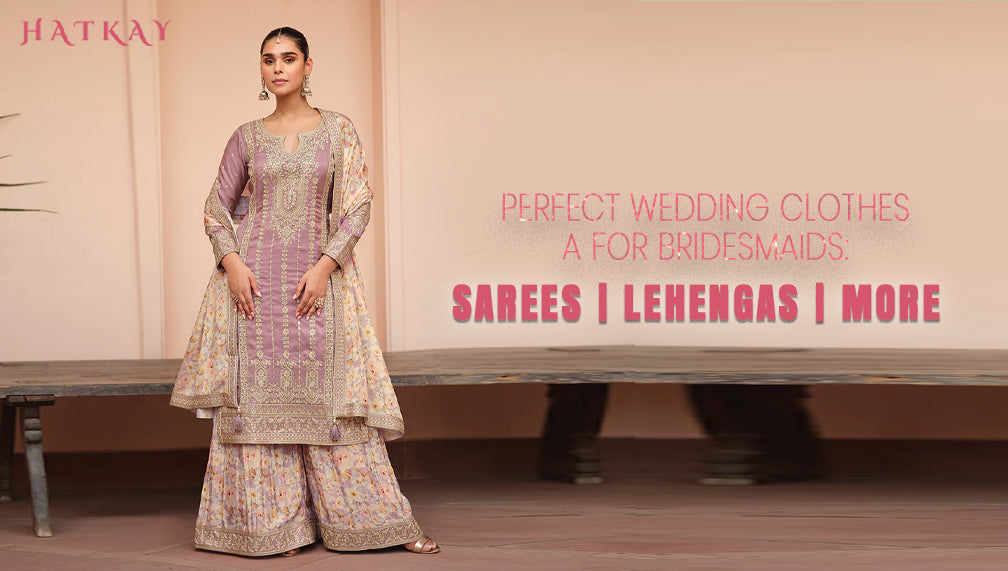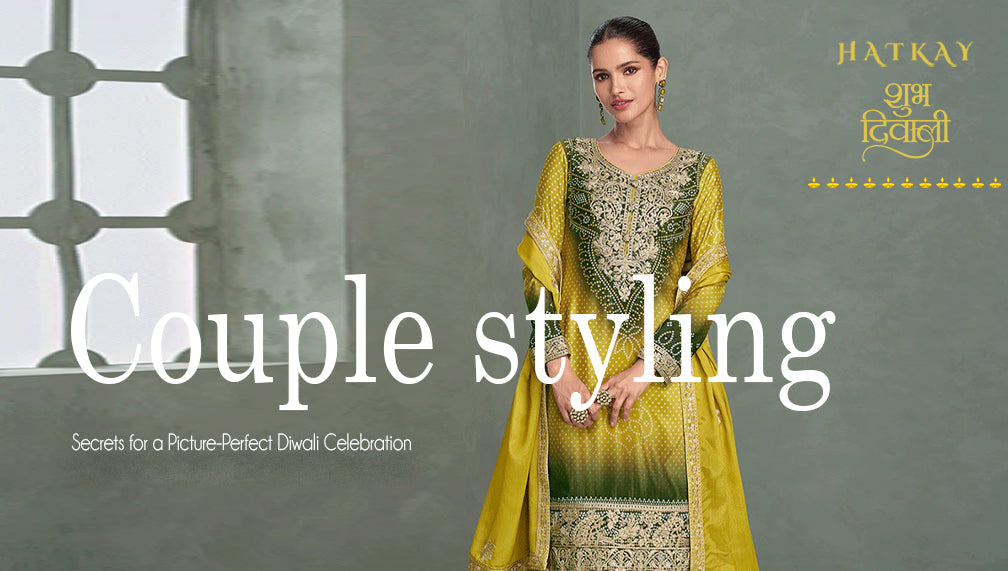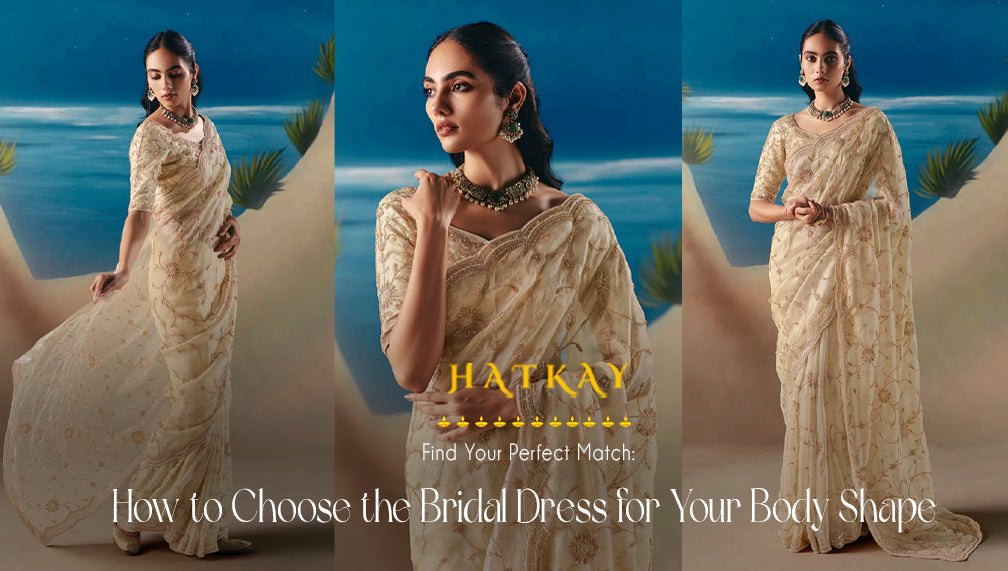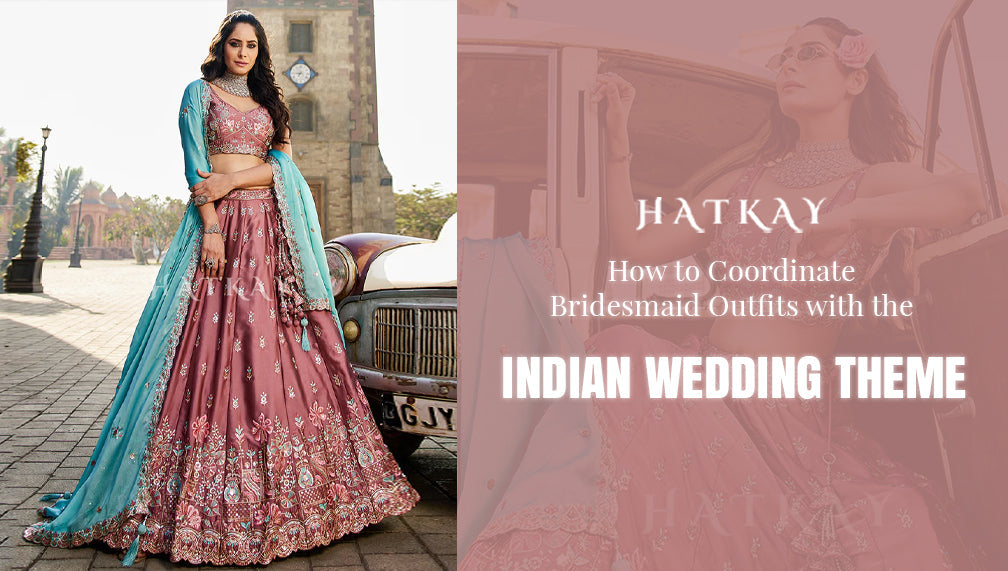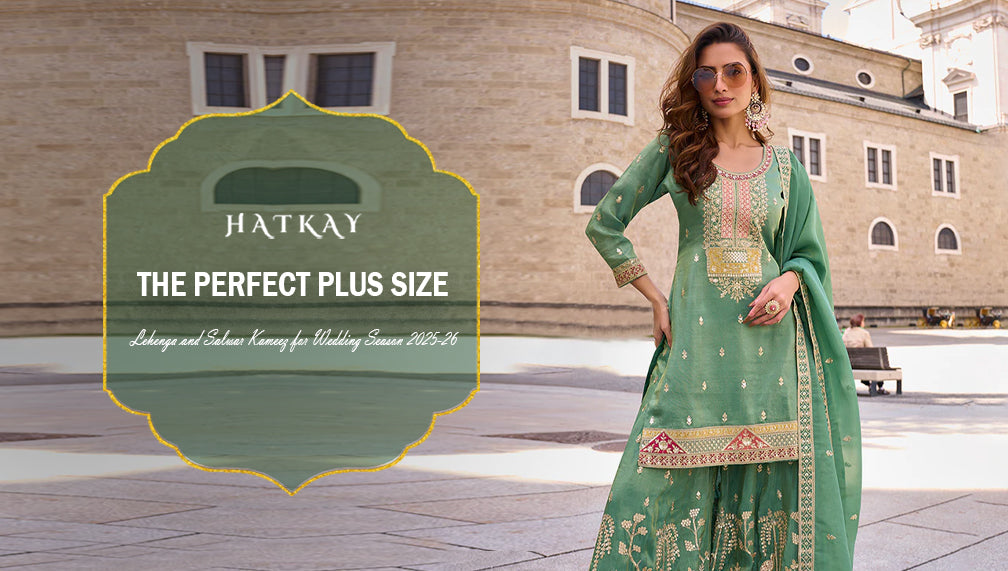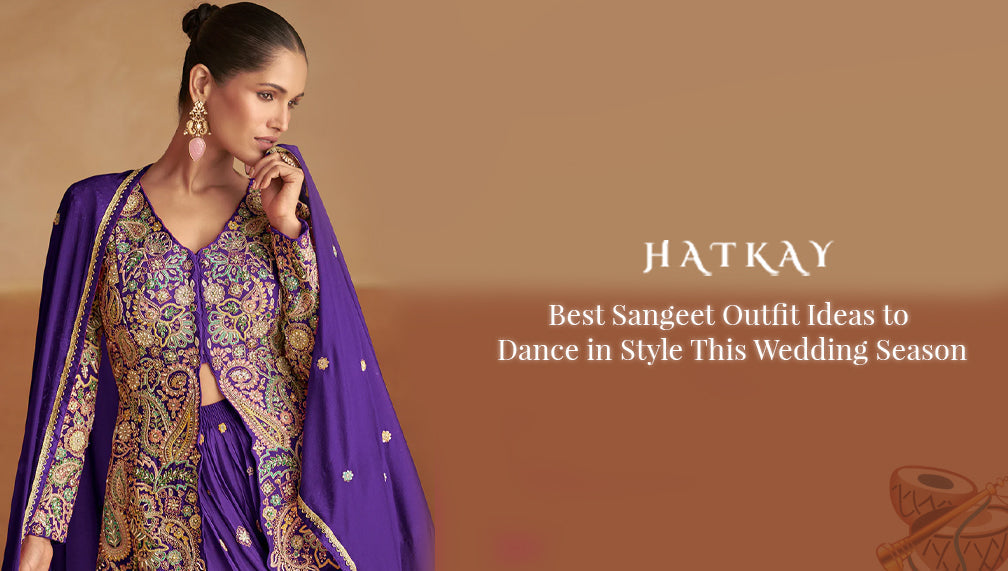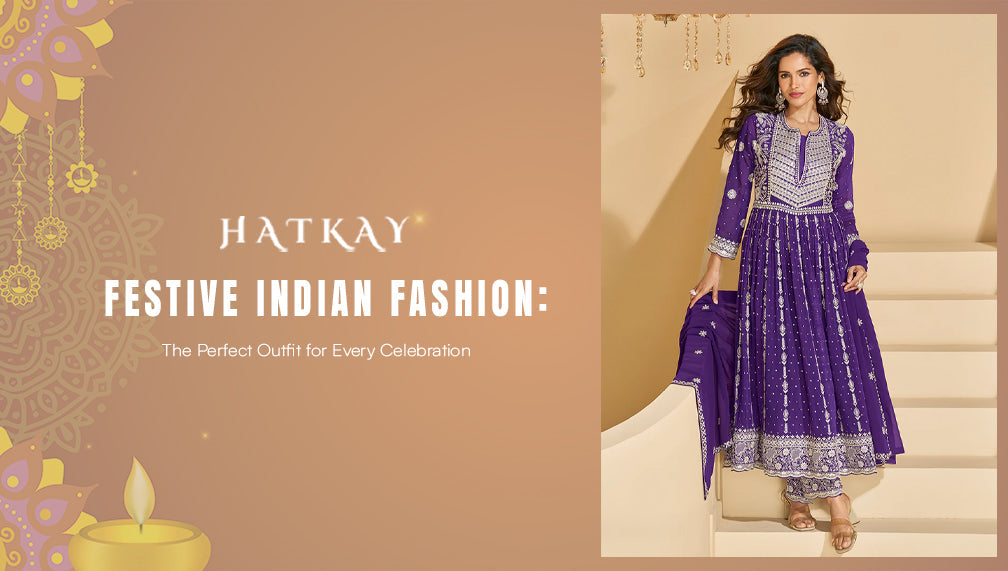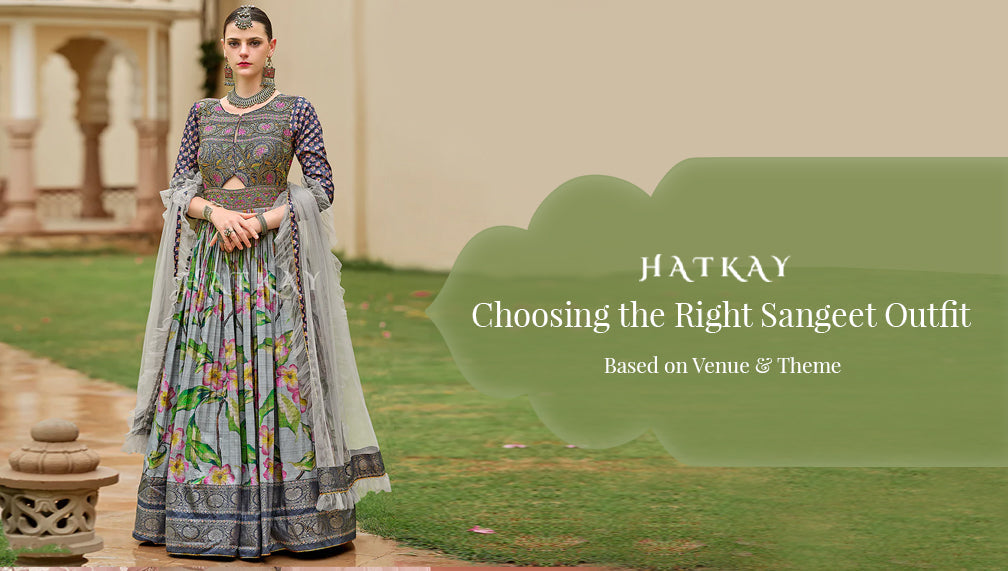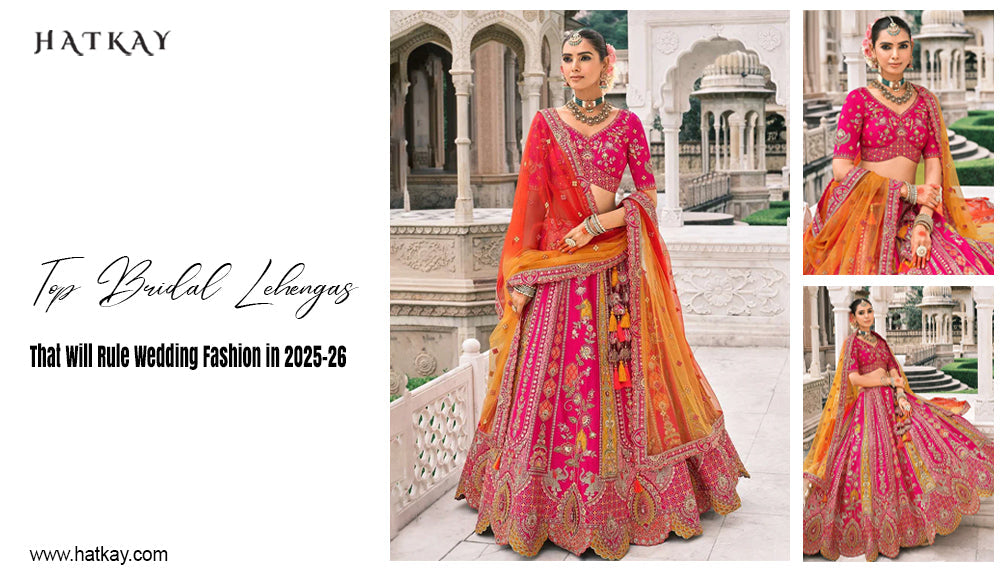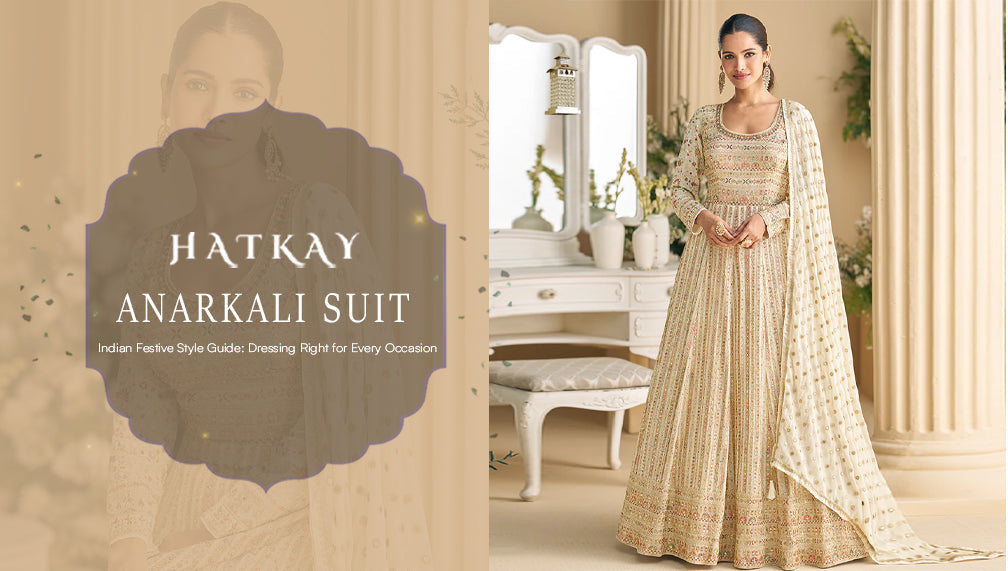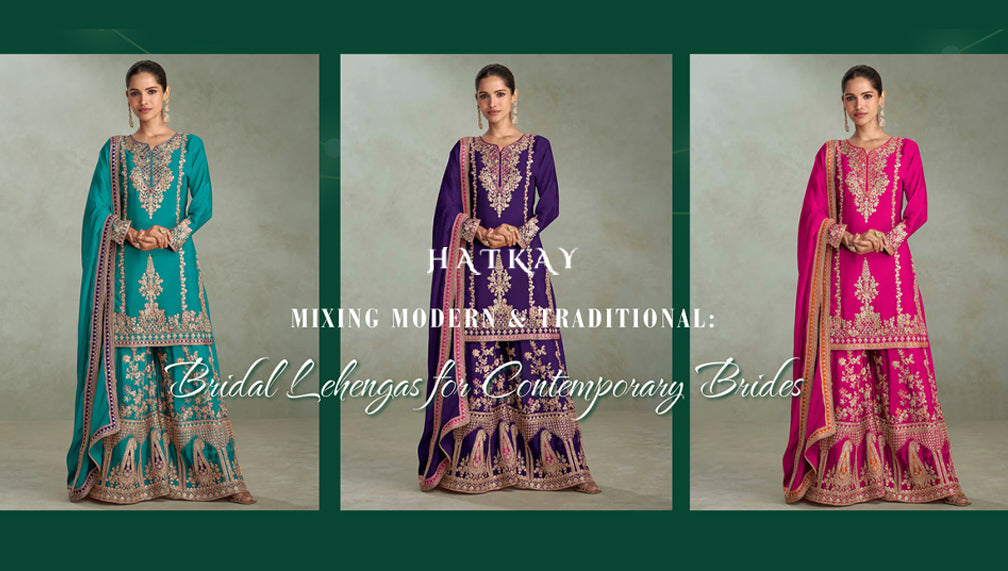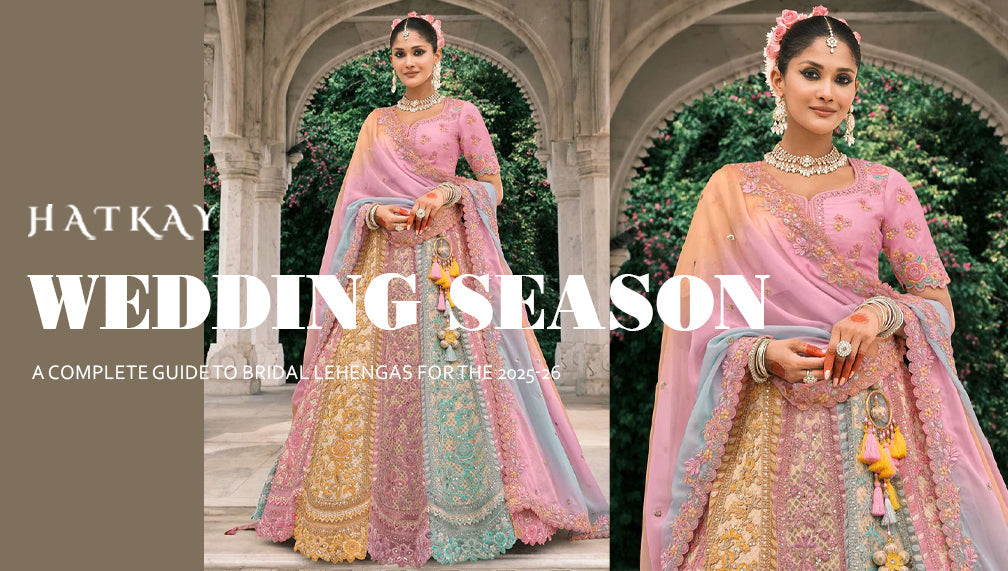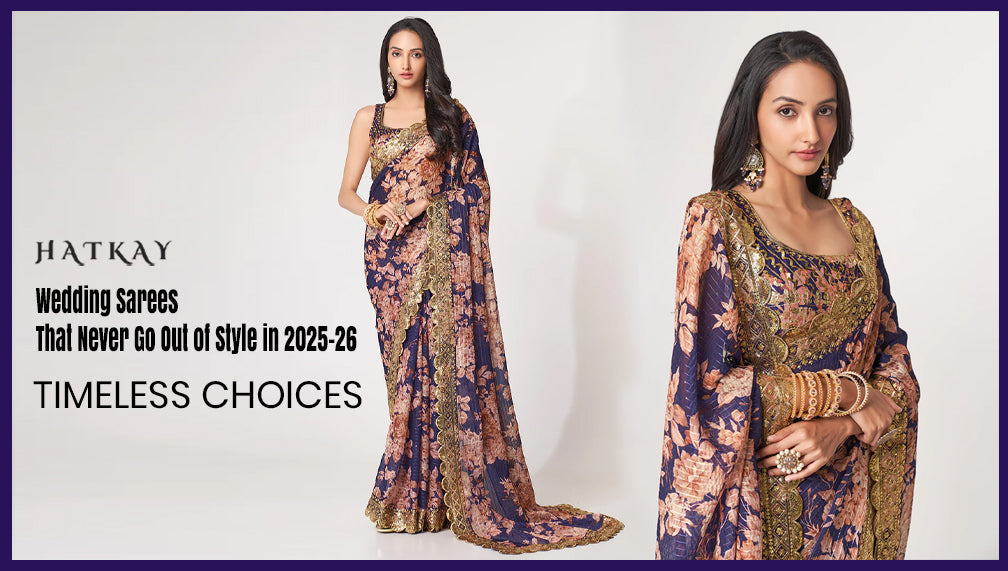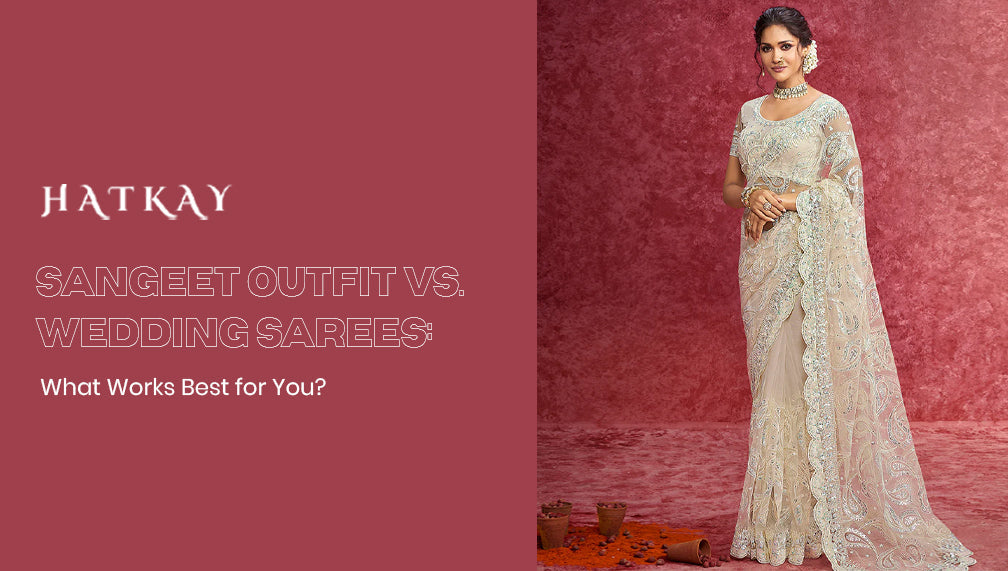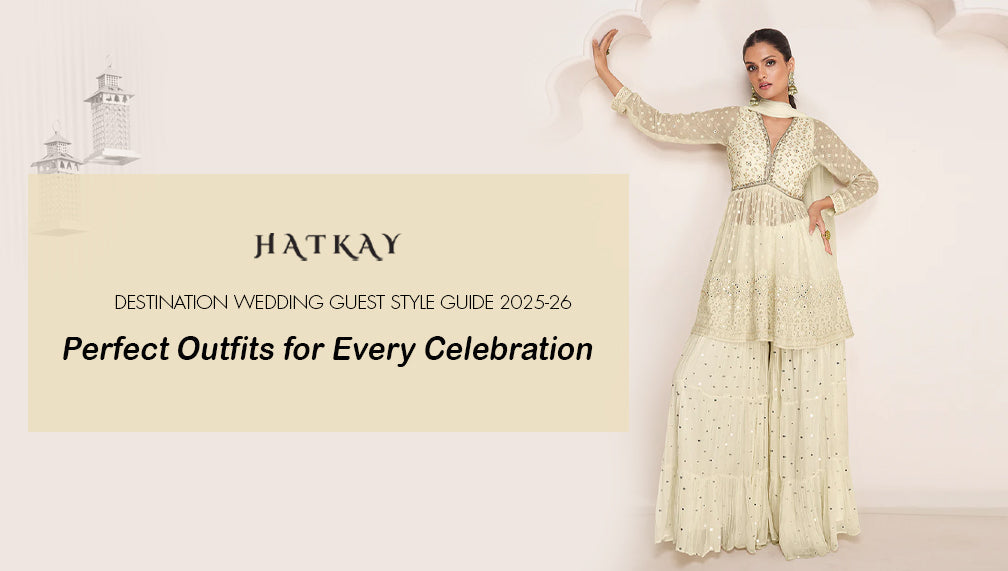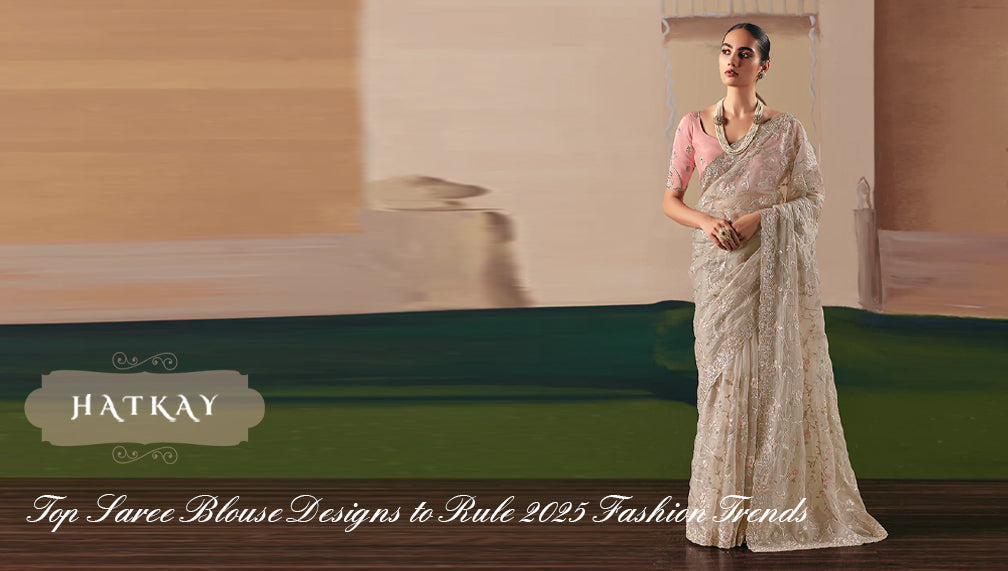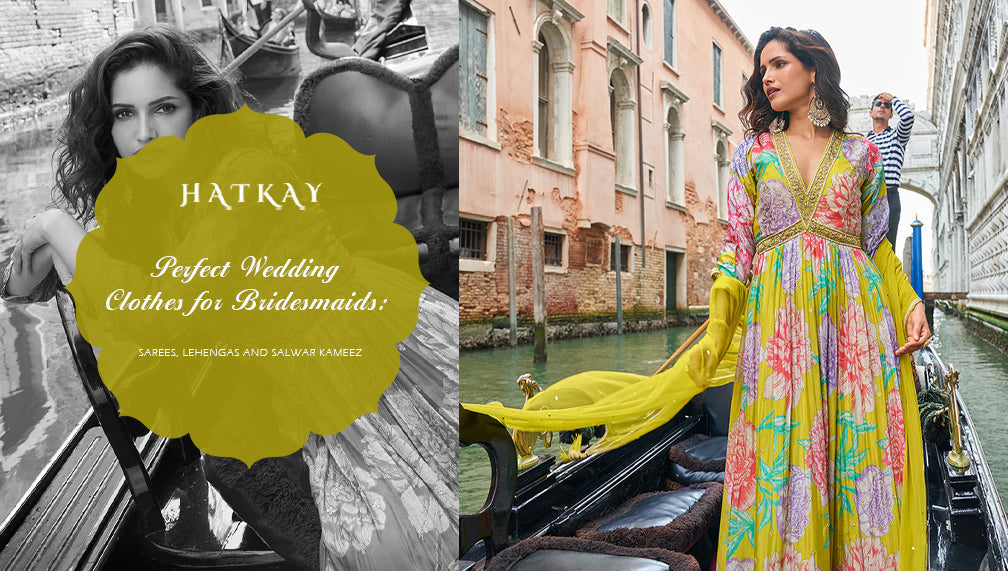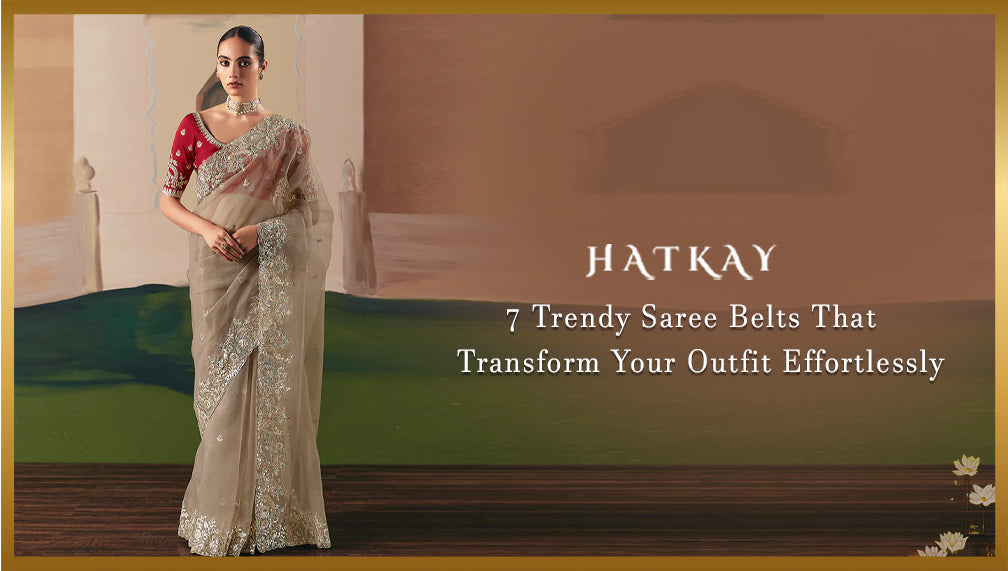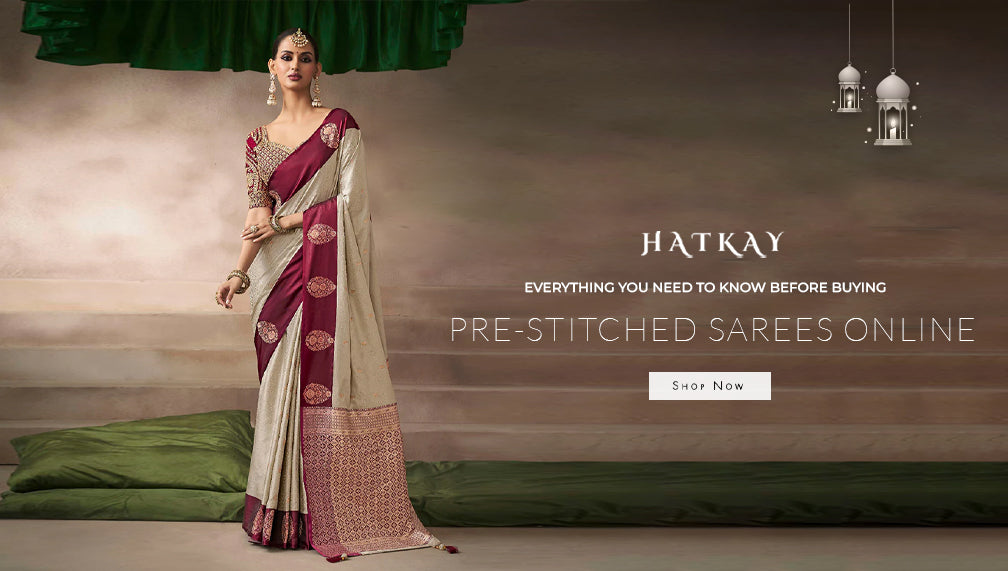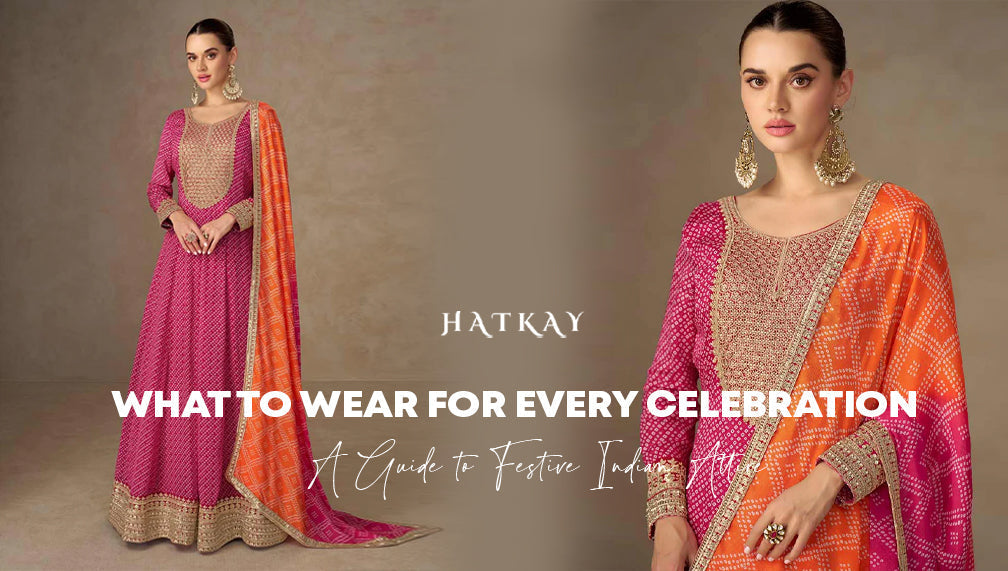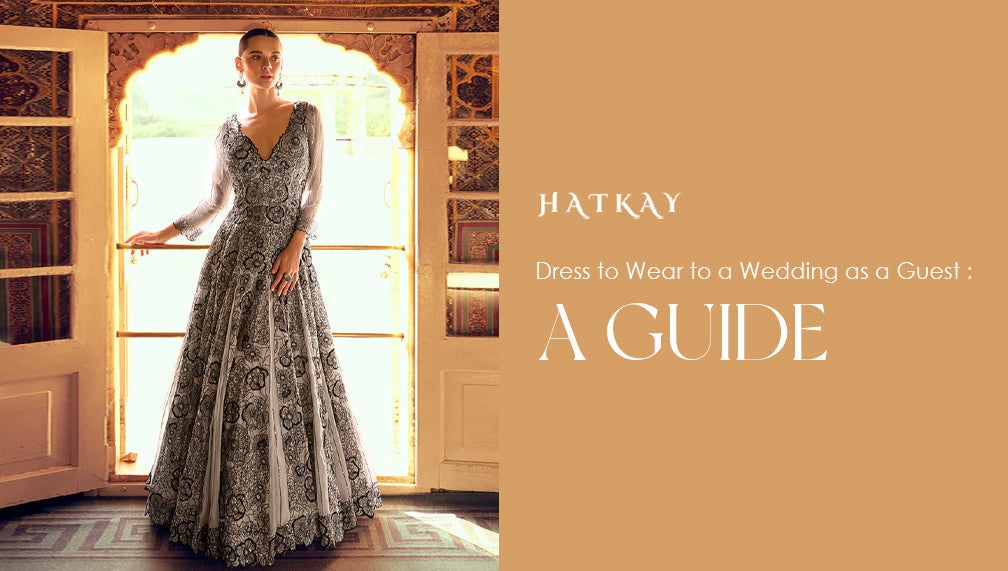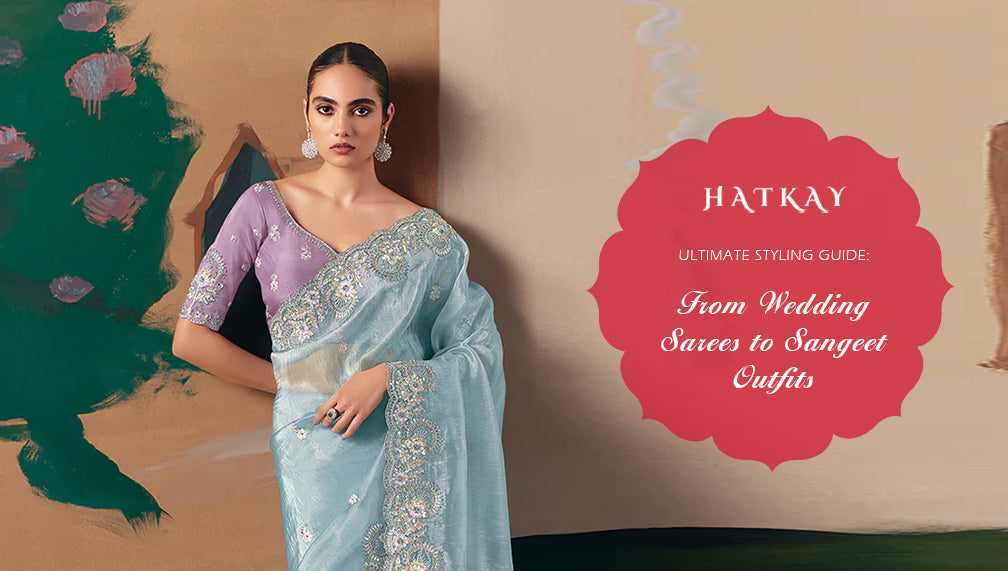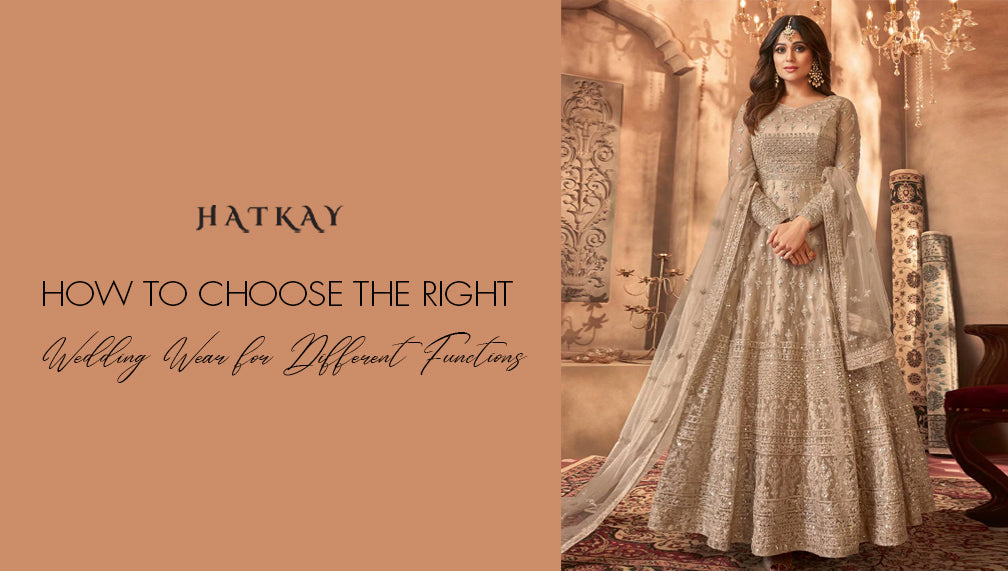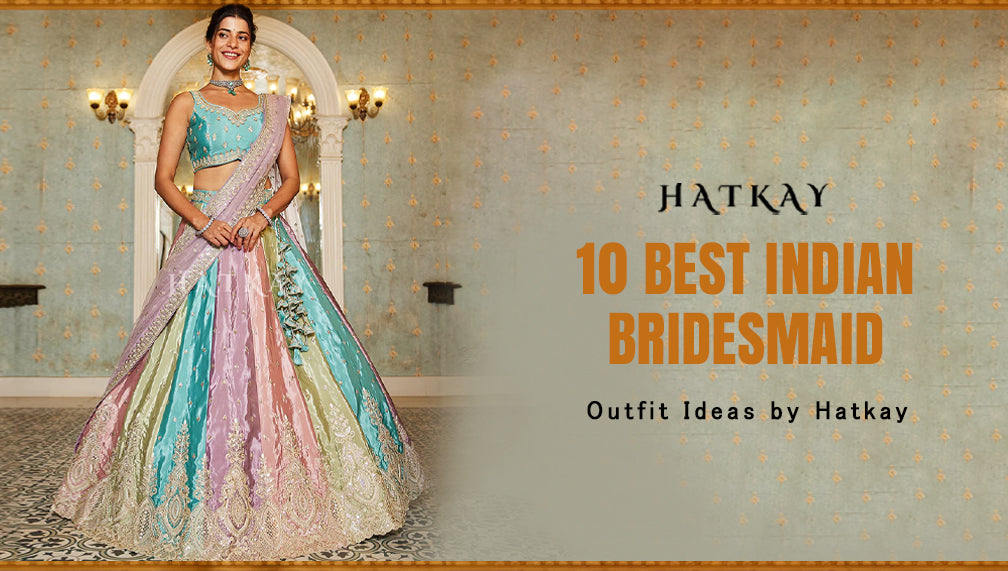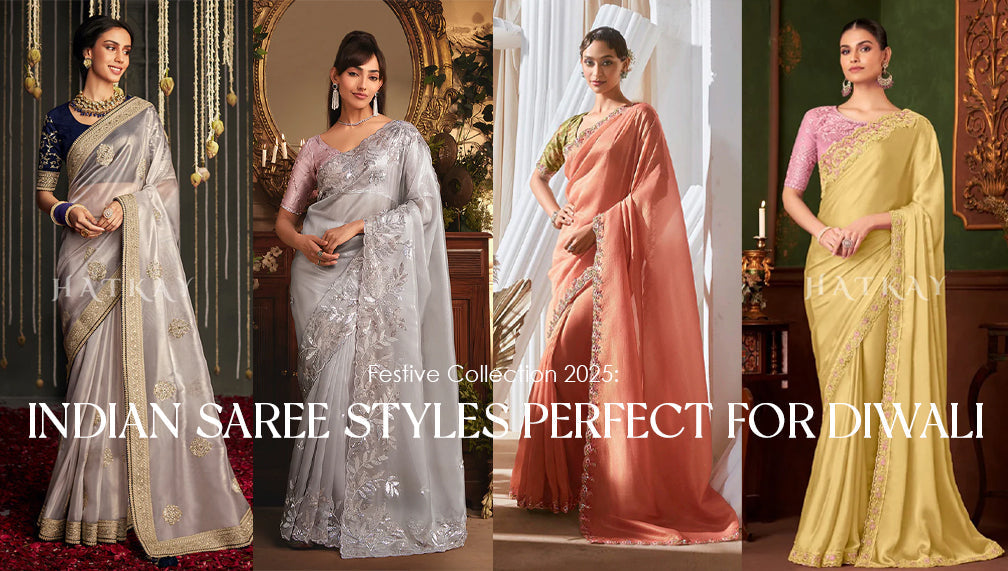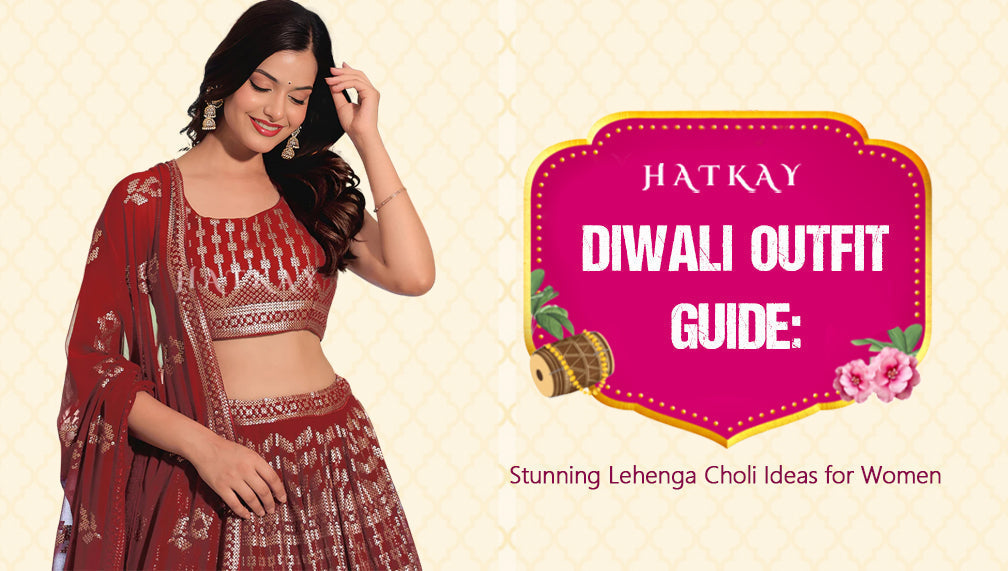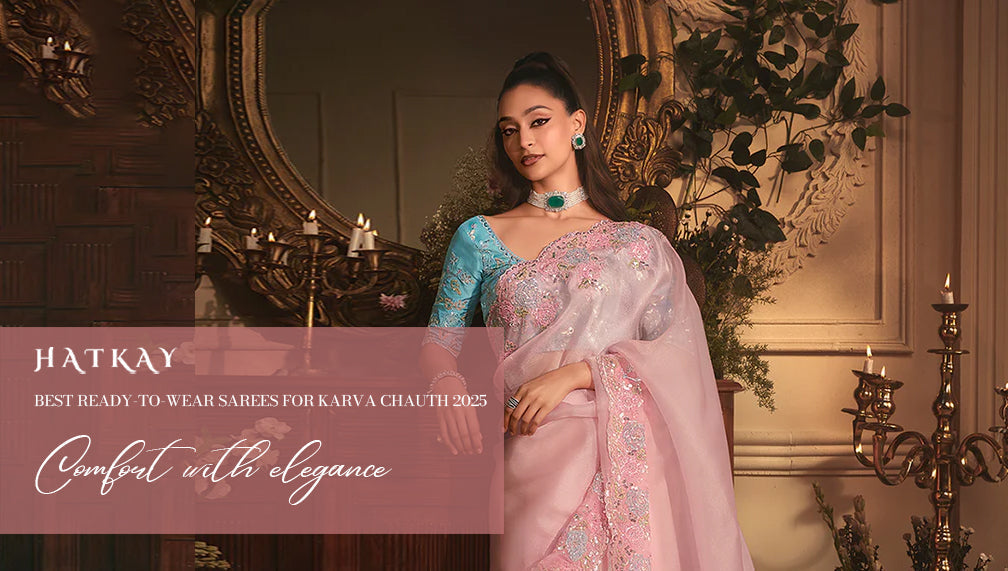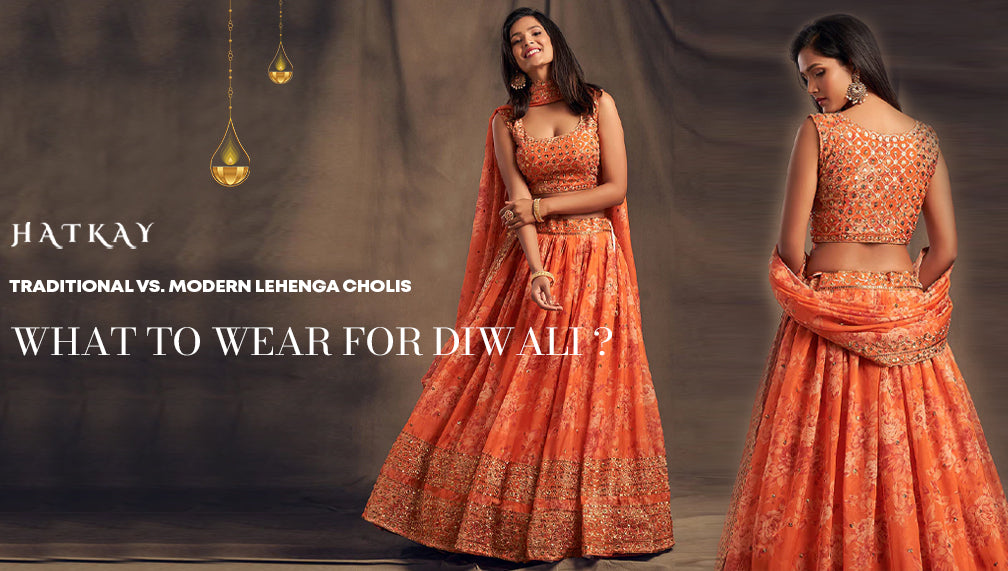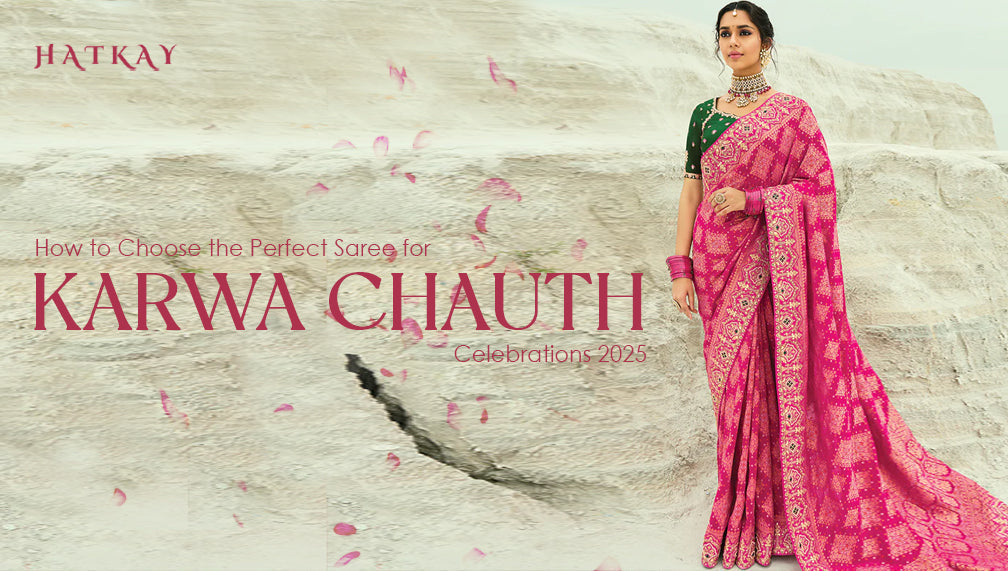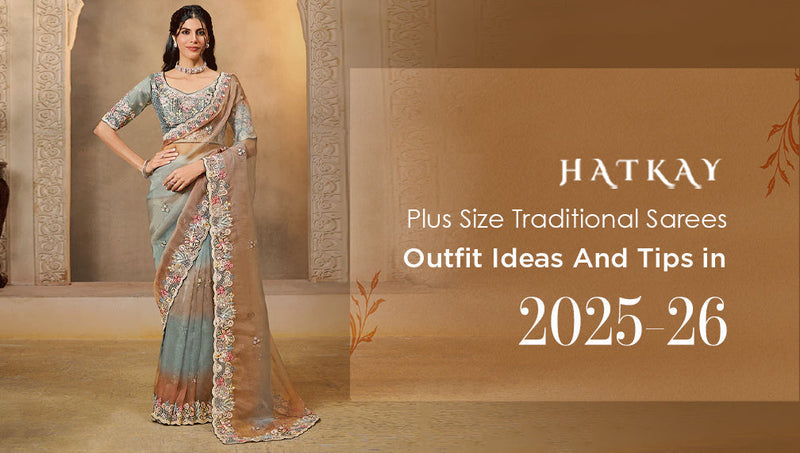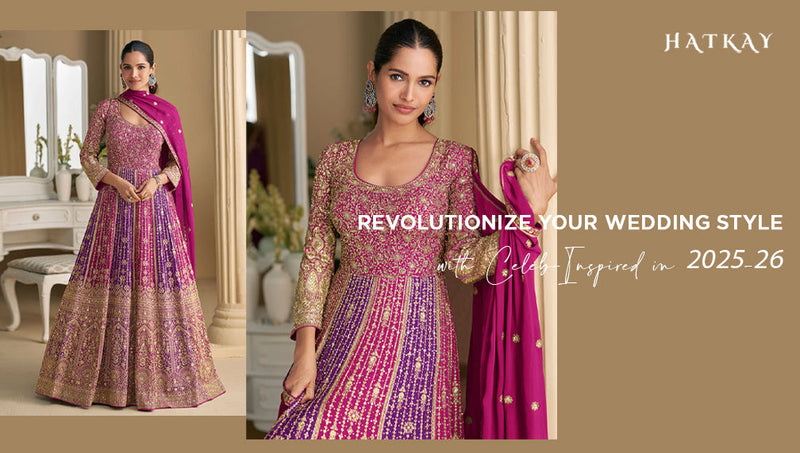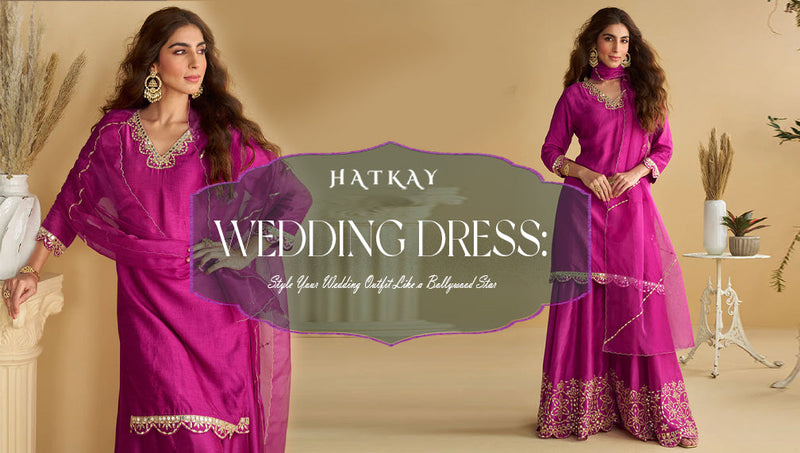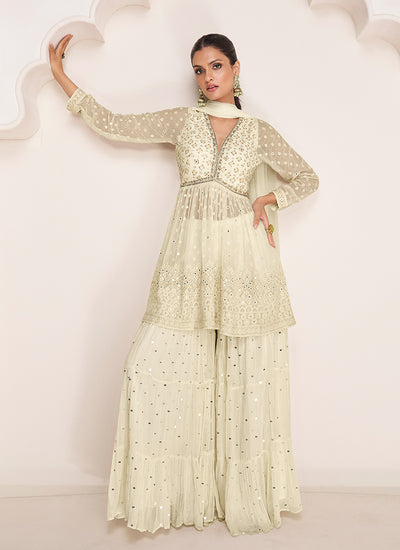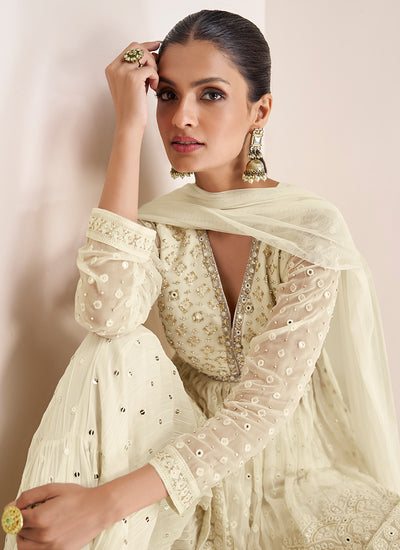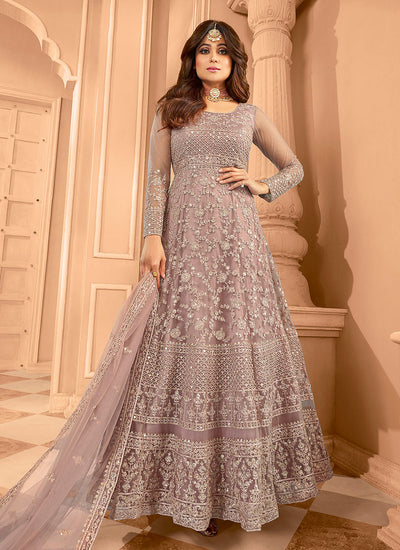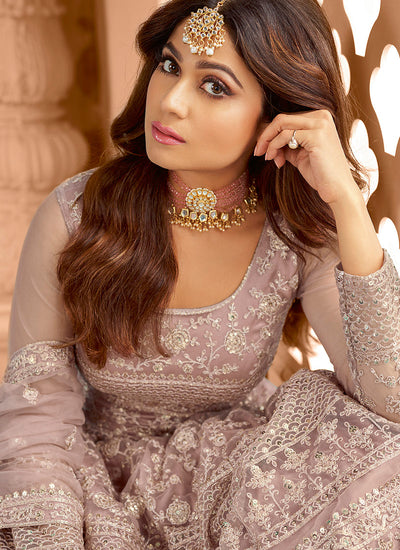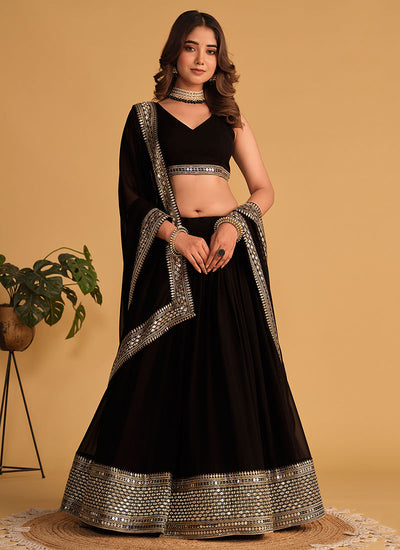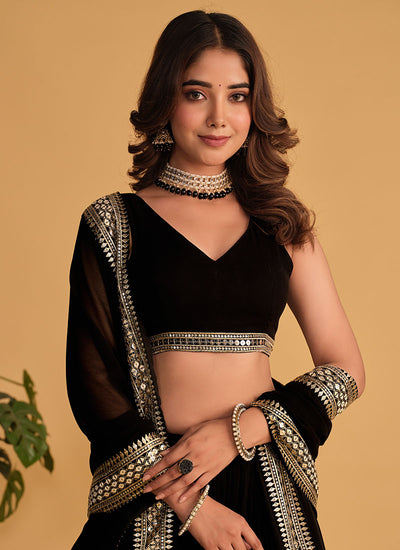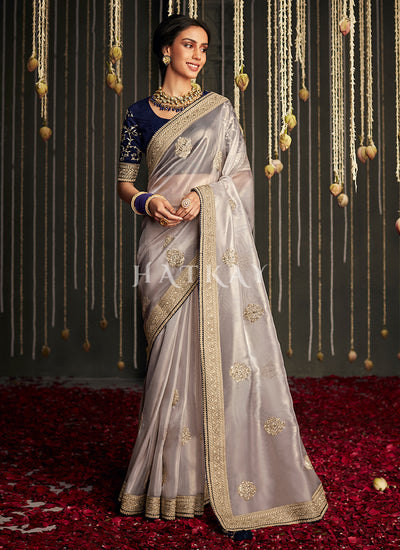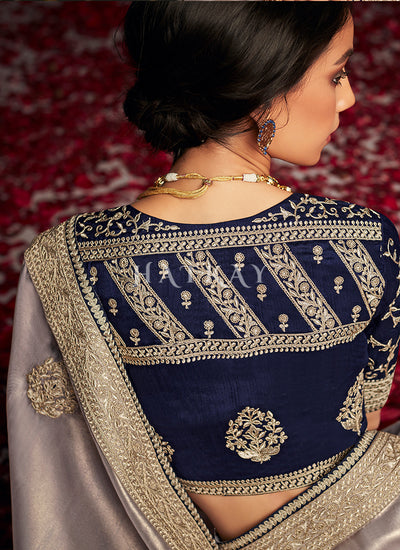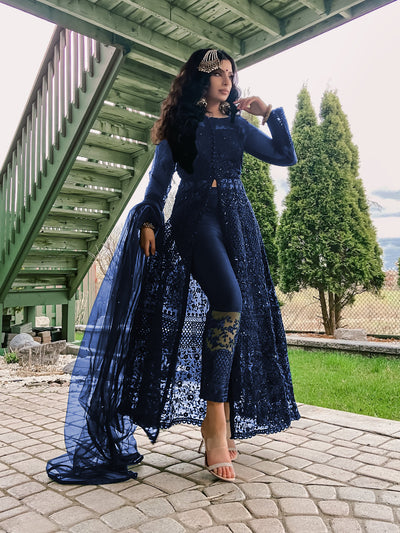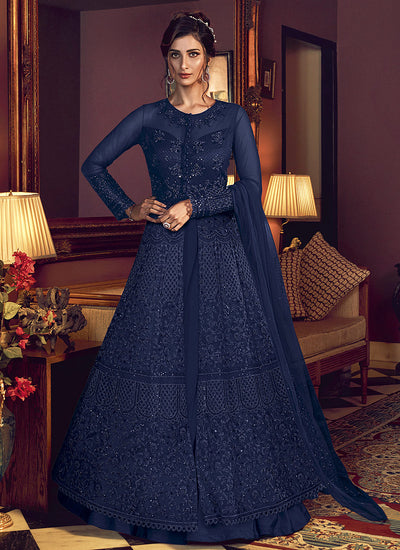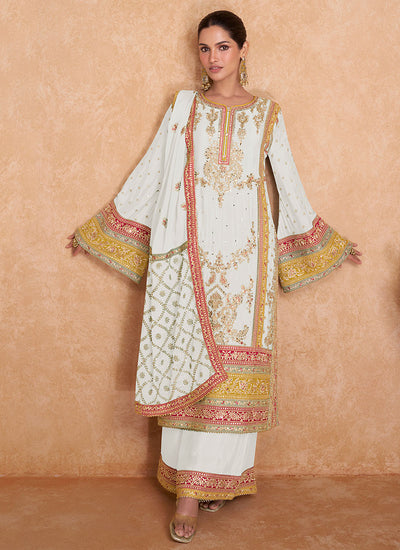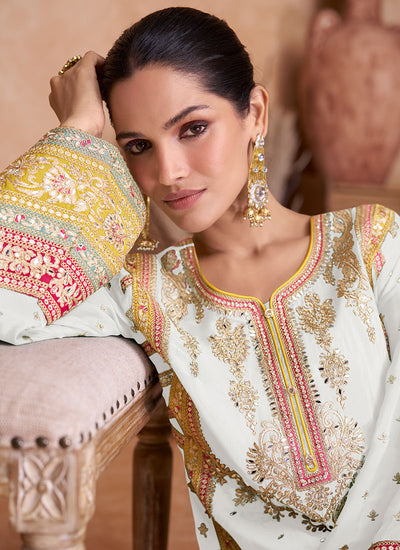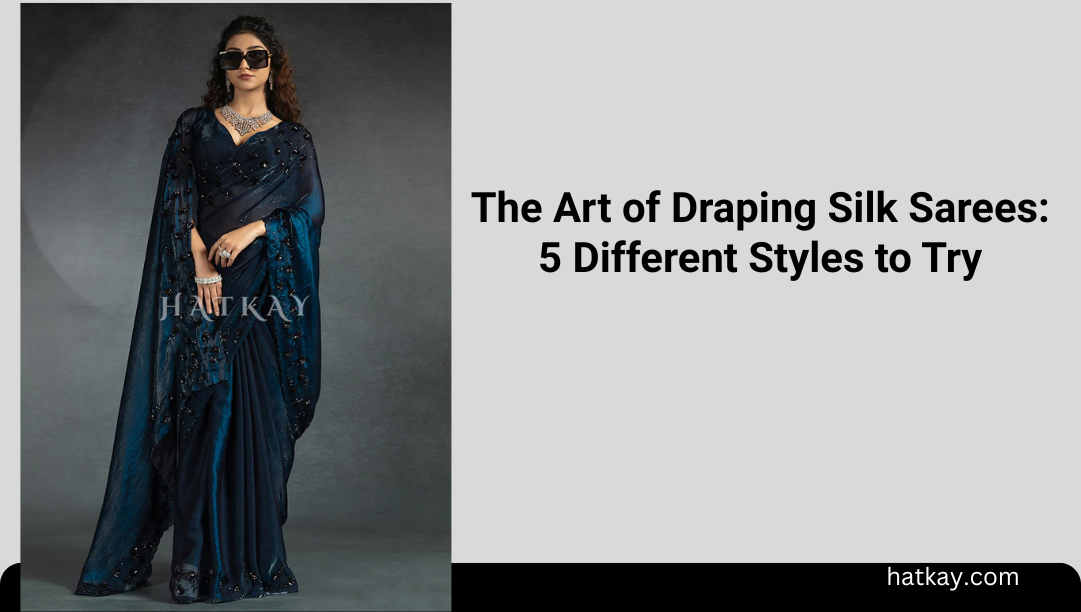
The Art of Draping Silk Sarees: 5 Different Styles to Try
The silk saree is a symbol of grace, elegance, and tradition. Its rich history and luxurious fabric have made it a staple in every woman's wardrobe, especially for special occasions like weddings, festivals, and parties. However, the beauty of a silk saree isn’t just in the fabric—it’s also in how you drape it. The right draping style can completely transform your look, and mastering the art of draping a saree is a skill that can enhance your sartorial elegance.
In this article, we’ll explore five different saree draping styles that will help you flaunt your silk saree like never before. Whether you’re attending a wedding, a formal gathering, or a festive celebration, these styles will ensure you stand out with timeless elegance.
1. The Classic Nivi Draping Style
The Nivi drape is the most popular and traditional draping style. It is a staple in Indian culture and works wonderfully with silk sarees due to its simplicity and grace. The classic Nivi style allows the silk fabric to fall naturally, showcasing the rich textures and intricate designs that make silk sarees so special.
How to Drape a Nivi Silk Saree:
-
Start with the Pleats: Begin by tucking one end of the saree into your waistband, ensuring it is snug. Make pleats of approximately 5-7 inches in width. Hold them together neatly and pin them at the waist.
-
Wrap Around: After securing the pleats, wrap the remaining fabric around your waist from left to right. Once it completes a full round, tuck the end securely into the waistband.
-
Create the Pallu: The pallu (the loose end of the saree) should be draped over your left shoulder. The length of the pallu depends on your preference—some women prefer it to hang freely, while others may pleat the pallu.
-
Adjust the Pallu: Once the pallu is over the shoulder, pleat it neatly, and pin it in place for a clean, structured look.
Why It Works for Silk Sarees:
The Nivi style works exceptionally well with silk sarees because it allows the fabric to flow freely, showcasing the natural sheen of the silk. This classic drape complements both light and heavy silk sarees, making it ideal for weddings, festivals, or even formal occasions.
2. The Bengali Draping Style
Originating from Bengal, this draping style is characterized by its unique pleating and the way the saree is wrapped around the body. The Bengali drape gives a very regal and traditional appearance, which is why it is often chosen for grand events like weddings and religious ceremonies. It also highlights the beautiful borders of silk sarees.
How to Drape a Bengali Silk Saree:
-
Tuck the Saree: Start by tucking one end of the saree into the waistband, similar to the Nivi style. However, instead of making regular pleats, create a large pleat at the center of the fabric.
-
Wrap Around: Now, wrap the saree around your waist in a full circle, leaving the pallu to hang in front.
-
Create the Pleats for the Pallu: Pleat the pallu and tuck it into the waistband at the center of your back.
-
Drape the Pallu: Bring the pleated pallu forward and drape it over your right shoulder, ensuring that the pleats are arranged in a way that the pallu falls in an elegant manner.
Why It Works for Silk Sarees:
The Bengali drape works beautifully with silk sarees because it allows the intricate border work and heavy fabrics to shine. The pleated pallu and the way it falls in front lend a traditional yet regal vibe, perfect for occasions where you want to make a statement.
3. The Gujarati Draping Style
The Gujarati style of draping a saree is distinct and differs from the typical draping methods seen in other parts of India. Known for its elegant flair, this drape is perfect for silk sarees with beautiful borders and patterns. It is often worn for festive occasions such as Diwali and Navratri and gives a very graceful and modern look.
How to Drape a Gujarati Silk Saree:
-
Start by Tucking: Begin by tucking the saree into the waistband on your left side. Ensure the saree is wrapped around your waist, and then make pleats.
-
Drape the Saree Across the Waist: Unlike the Nivi style, here, you take the saree across your body from left to right and then bring it back around to the front.
-
Form the Pleats for the Pallu: Create pleats with the remaining fabric of the saree and secure them with a pin at the back.
-
Pin the Pallu: Now, take the pallu and drape it over your left shoulder. The pallu is generally pleated and pinned in place for a tidy and structured look.
Why It Works for Silk Sarees:
This style is ideal for silk sarees with beautiful, wide borders or embroidery, as it allows the saree to fall in such a way that the designs on the fabric are on full display. The Gujarati style is all about elegance and structure, making it the perfect choice for grand occasions.
4. The Lehenga Style Draping
The Lehenga-style drape has gained immense popularity due to its modern appeal and ease of wear. It offers a youthful and fun twist to the traditional silk saree while maintaining its grace. This drape works wonders for contemporary brides or women looking for a fusion look at weddings or parties.
How to Drape a Lehenga-Style Silk Saree:
-
Create the Base: Start by tucking the saree into the waistband, just like in the Nivi style. But here, the pleats are made slightly wider to give a lehenga-like flare.
-
Form Pleats: Pleat the fabric and pin it neatly at the waist, ensuring they are perfectly arranged.
-
Wrap and Drape the Pallu: The pallu is brought over the left shoulder, but instead of hanging loosely, it is pleated and pinned in place.
-
Final Touches: The lehenga-style saree should flow down like a skirt, giving it the appearance of a lehenga while maintaining the elegance of a saree.
Why It Works for Silk Sarees:
The lehenga-style drape adds volume and fluidity to the silk saree, allowing the fabric to fall beautifully while showcasing its shimmer. It is a great choice for women who want to balance tradition with modernity, particularly for weddings and festive events.
5. The Pant Style Draping
The Pant-style draping is a contemporary twist on the traditional saree. In this style, the saree is worn like a skirt, paired with a fitted blouse and modern pants. This is a chic and practical choice for those looking to wear a saree with a modern flair, especially for cocktail parties, corporate events, or modern weddings.
How to Drape a Pant-Style Silk Saree:
-
Start with the Pants: Wear a pair of matching silk pants underneath your saree. The pants should be tailored and fit snugly.
-
Tuck the Saree into the Pants: Tuck the saree into the waistband of the pants, starting from one side of your waist. Make pleats as you go along and secure them in place.
-
Wrap Around: Once the saree is wrapped around, bring it across the front and tuck it into the pants.
-
Create the Pallu: Drape the pallu over your shoulder, letting it fall neatly.
Why It Works for Silk Sarees:
The pant-style drape is perfect for those looking to blend traditional and contemporary looks. It allows the fabric of the silk saree to be highlighted while offering a modern, hassle-free way to wear the saree. The style is ideal for women on the go who want to enjoy the elegance of a saree with the comfort of pants.
Conclusion
The art of draping a silk saree is all about expressing personal style and tradition while adding a modern touch. Each of these five draping styles—Nivi, Bengali, Gujarati, Lehenga, and Pant-style—offers a unique way to wear the timeless beauty of a silk saree. Whether you're attending a grand wedding or a family gathering, these draping techniques can help you embrace the elegance and richness of silk in a way that is both stylish and comfortable.
Remember, the key to perfecting any saree draping style lies in practice and experimenting with different looks until you find the one that suits your personality and occasion best. Silk sarees are meant to be cherished, and the way you drape them adds to their timeless appeal. So, the next time you wear a silk saree, experiment with these styles, and let your grace shine!

